This week, the National Trust for Historic Preservation announced its annual list of 11 imperiled American historic sites facing irreparable damage or destruction. Launched in 1988 to identify, raise awareness of, and preserve culturally significant landmarks, the program, now in its 36th year, has bolstered support for the safeguarding of more than 350 sites. Since the inception of the Endangered Places list, only a small handful of these at-risk landmarks have been lost.
“The diversity of sites—and the stories behind them—reflects the complexities and challenges that have always been part of what it means to be American, but have not always received the attention they deserve,” said National Trust interim president and CEO Jay Clemens in a statement.
This year’s most endangered places range from historic districts and cultural communities, a filling station and a burial ground, to a pair of redevelopment-targeted Chicago skyscrapers whose plight has spurred action from local preservationists. The full list is below.
Osterman Gas Station
Peach Springs, Arizona
Built by John Osterman along Route 66 between Flagstaff and Kingman, the once-bustling 1920s-era pitstop served as a locus for the Hualapai Tribe for generations. The hand-built concrete structure—one of the area’s few remaining early 20th-century locales—was inscribed on the National Register for Historic Places in 2012. Yet, in recent years, the diminutive and already dilapidated filling station has been further ravaged by the extreme climate of the Mojave Desert. The tribe, which still owns the building, is raising funds to formulate a plan alongside consulting preservation experts to save and reuse the crumbling roadside landmark.
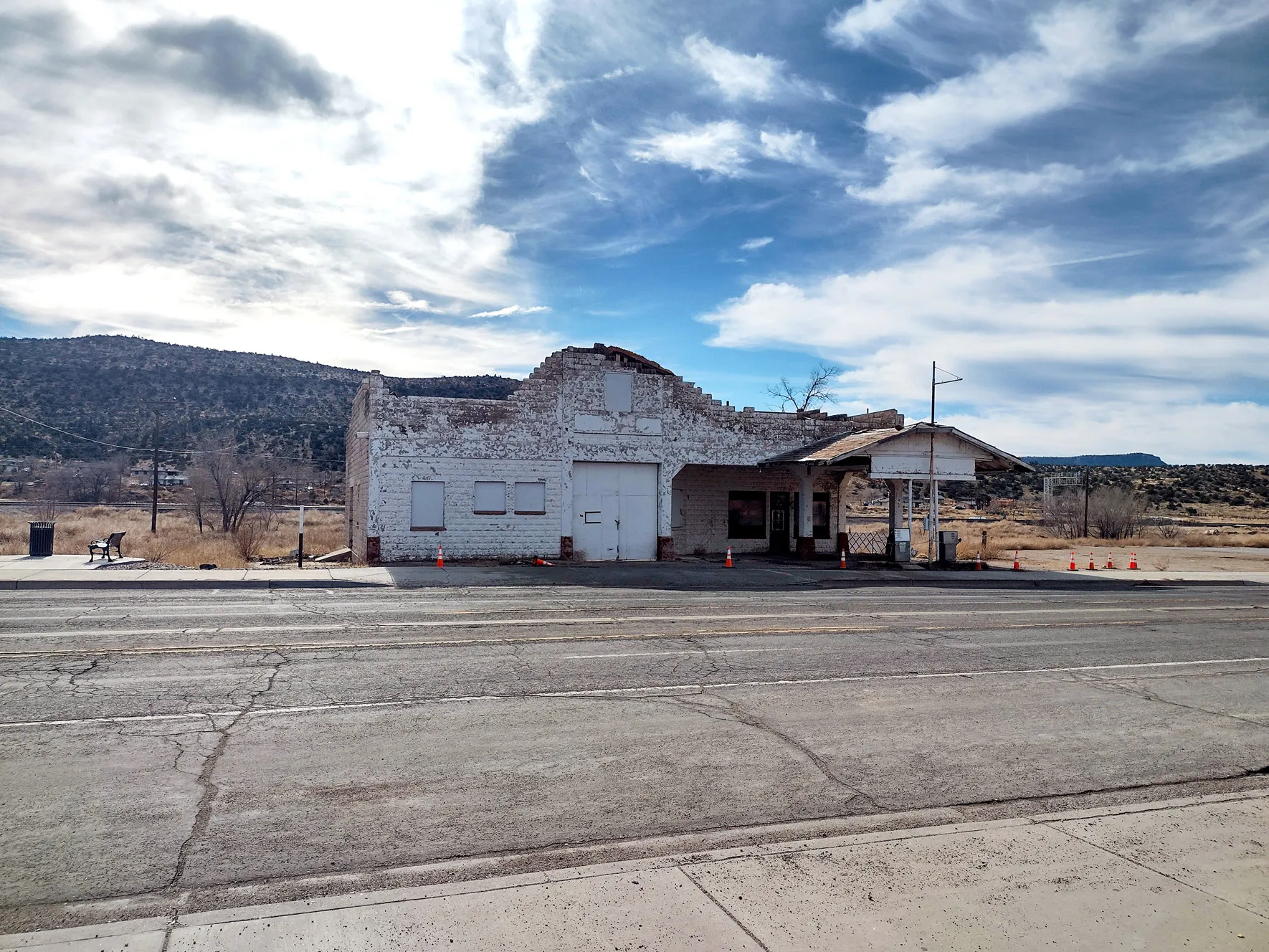
1
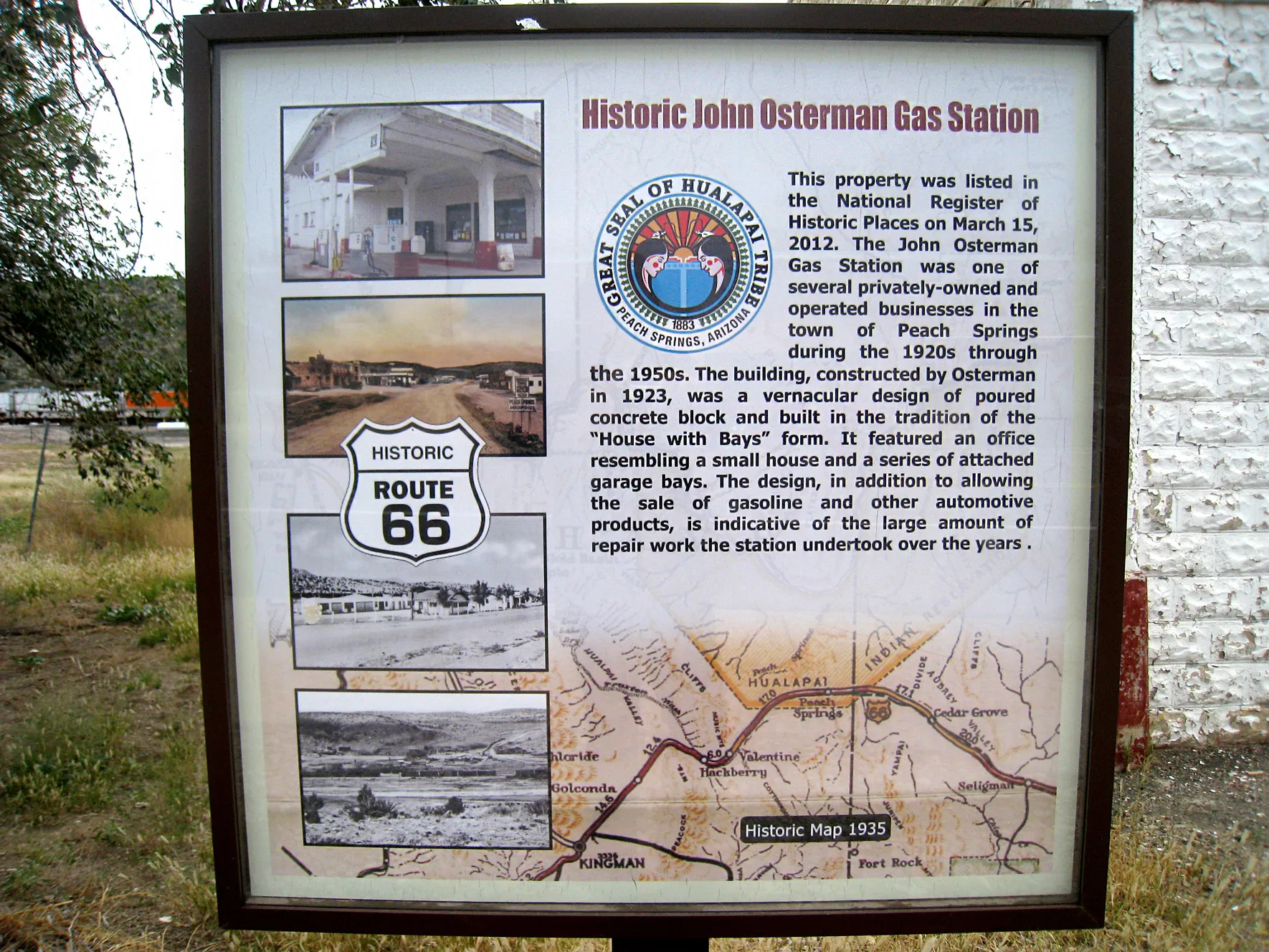
2
Photos by Richard Knott (1) and courtesy The Greater Southwestern Exploration Co./Wikimedia Commons (2)
Little Santo Domingo
Miami
A Dominican enclave filled with small businesses clad in pastel panels and hues of royal blue, Little Santo Domingo plays a key commercial role in Allapattah, one of Miami’s oldest neighborhoods. Built on Seminole land northwest of downtown Miami, the area has seen multiple waves of migration over the last century—the most recent of which was an influx of Dominican immigrants that rebuilt what had become a ghost town by the 1980s. However, rapid development in recent years has led to gentrification and its accompanying spike in rent prices, displacement of longtime residents, and leveling of neighborhood bastions. The Allapattah Collaborative, a local nonprofit advocating for sustainable placemaking and inclusivity, has since aimed to protect and safeguard the neighborhood’s heritage through a community-focused masterplan.
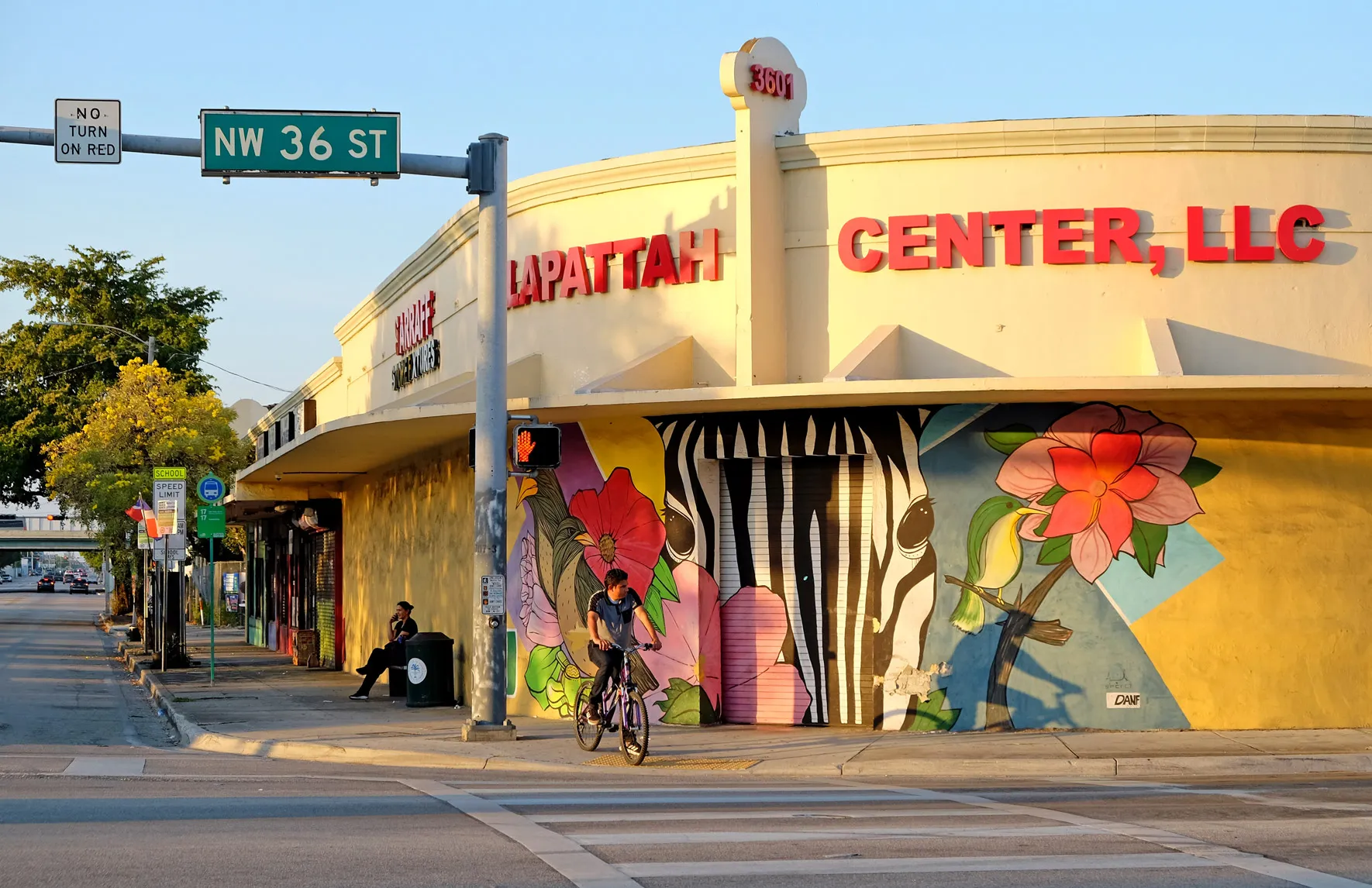
3
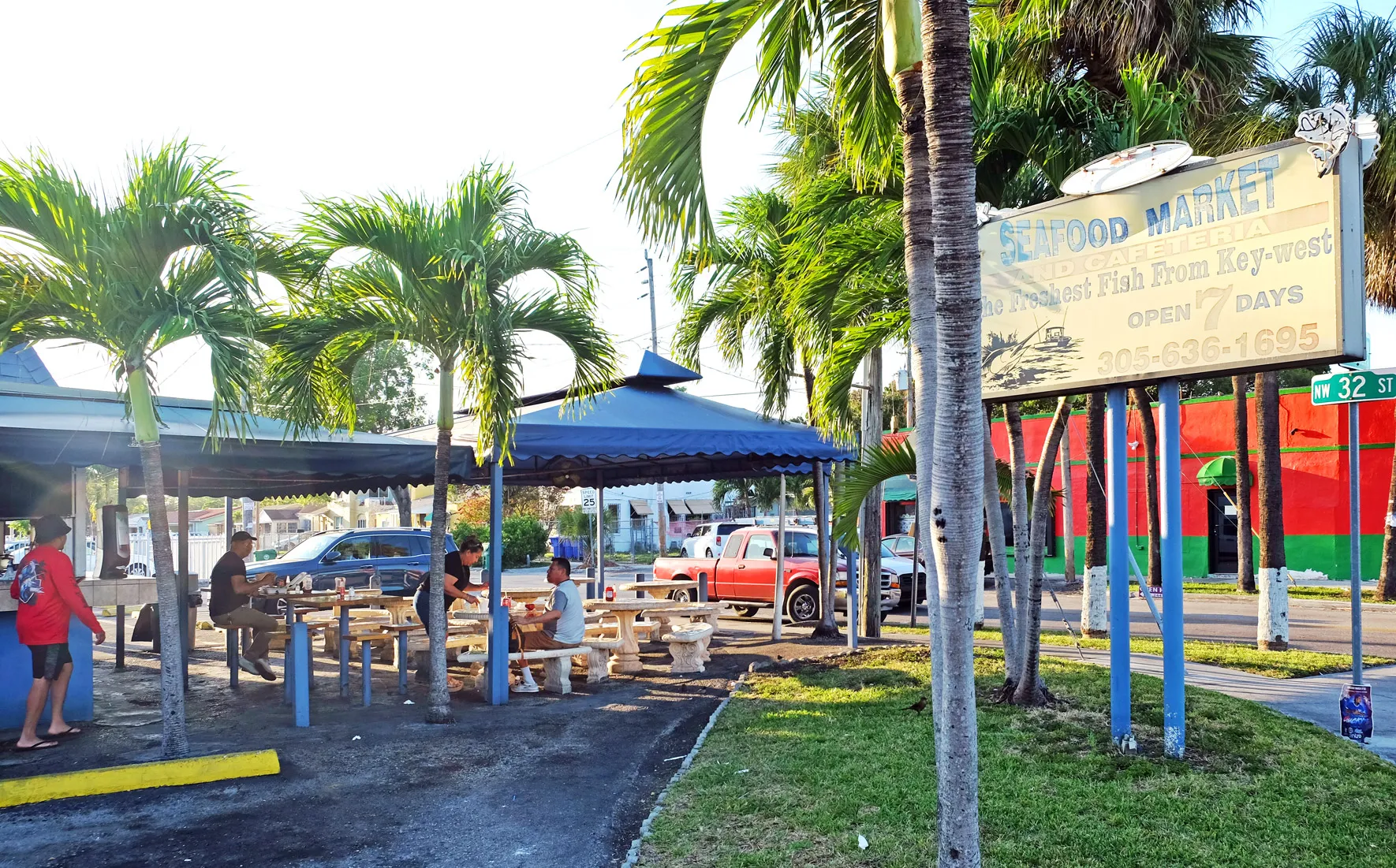
4
Photos courtesy National Trust for Historic Preservation
Pierce Chapel African Cemetery
Midland, Georgia
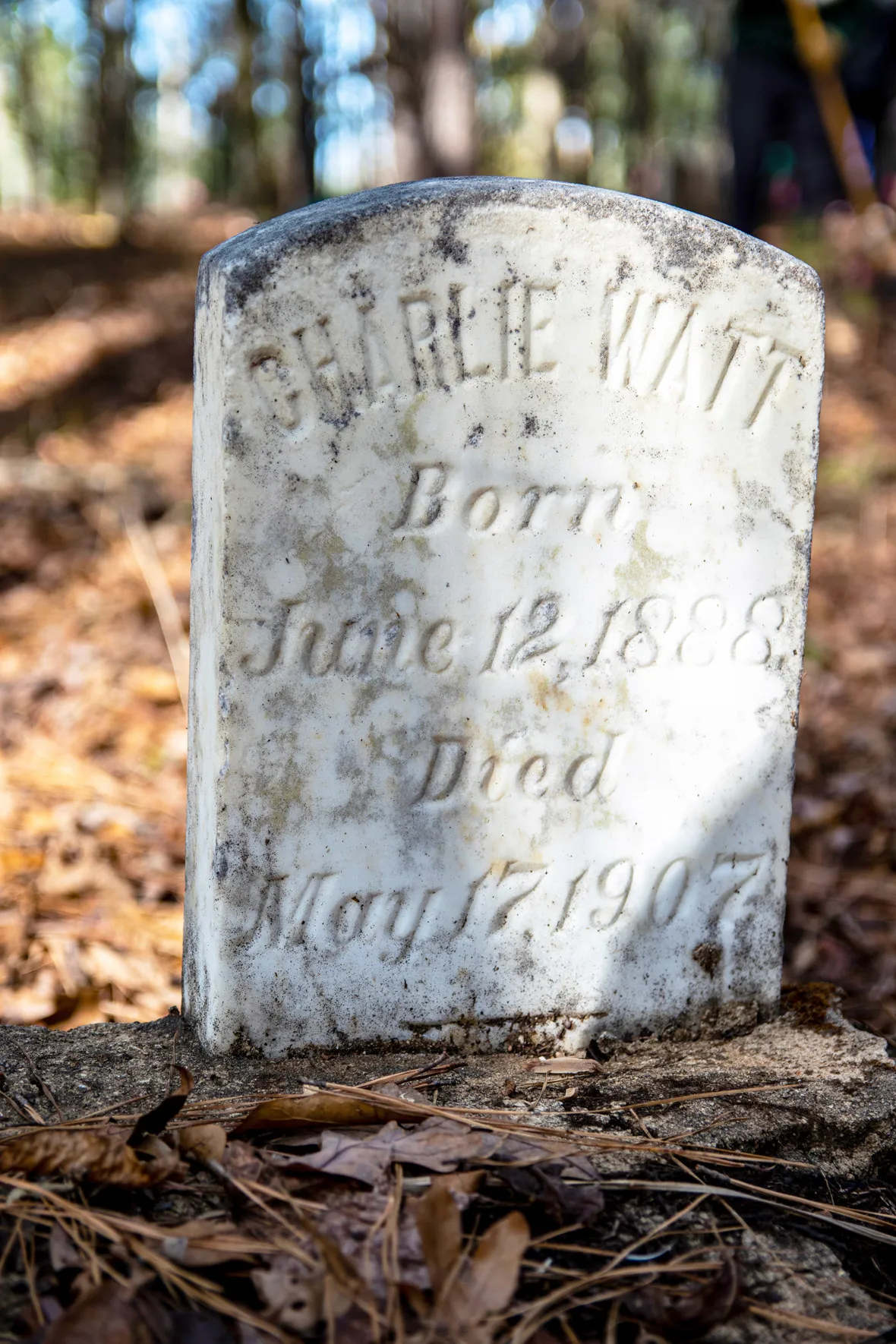
5
Established in 1828, the 2-acre site constitutes one of the oldest surviving burial ground for enslaved Africans and their descendants in Harris County, Georgia. When Yamona Pierce, the great-granddaughter of a couple buried at Pierce Chapel, discovered the once-abandoned cemetery, it was overgrown, padlocked, and strewn with trash and broken headstones bulldozed by construction equipment. Pierce went on to start the Hamilton Hood Foundation, a nonprofit of educators, preservationists, and genealogists. The collective has since reclaimed the cemetery and led the charge to revitalize and preserve the chapel and its nearly 500 burial sites as well as the stories and archaeologically significant West African traditions that they hold.
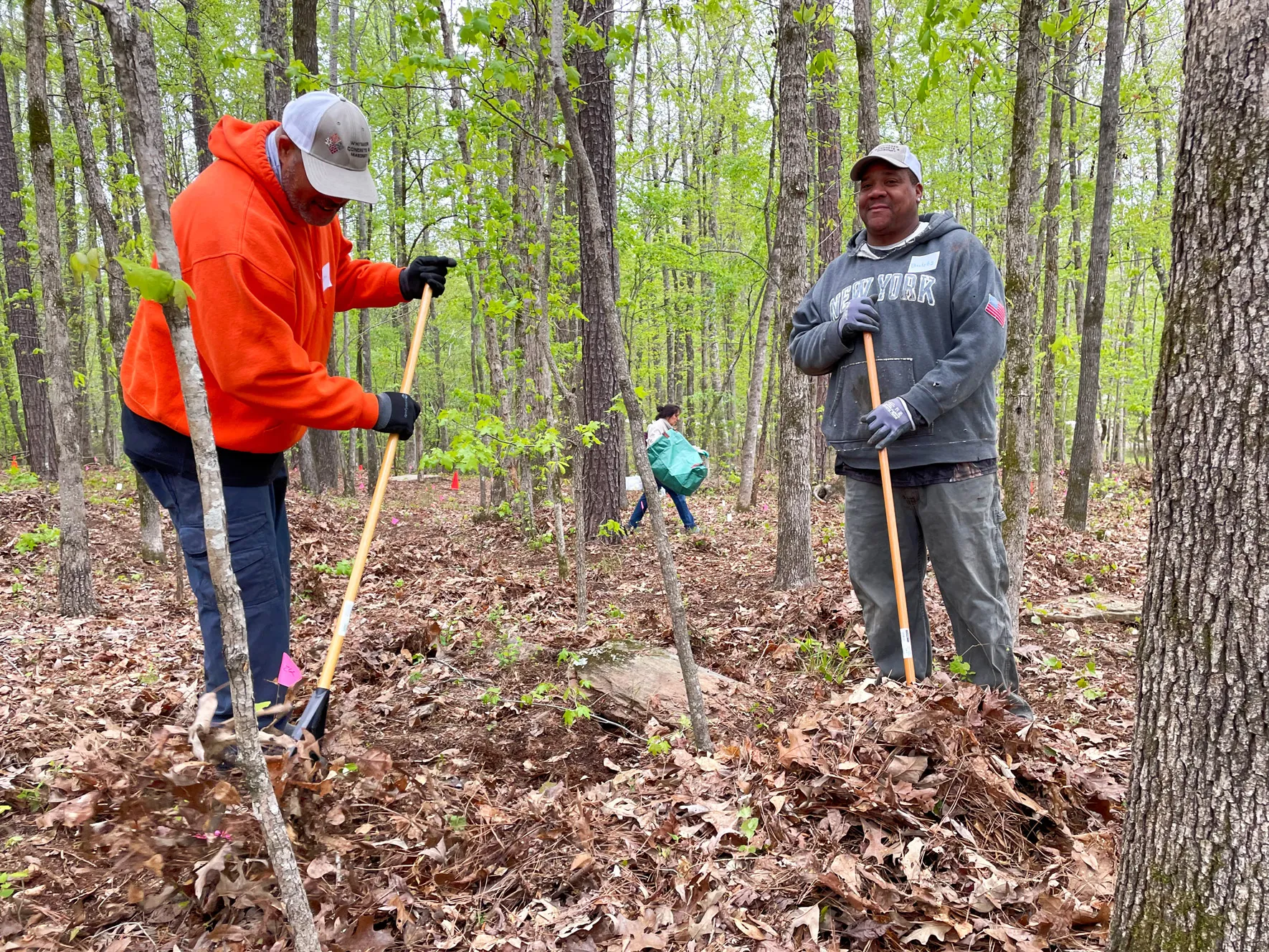
6
Photos courtesy Hamilton Hood Foundation
Century and Consumers Buildings
Chicago
A pair of terra cotta–clad, early 20th-century high-rises erected on State Street in Chicago’s Loop are at risk of demolition. Both the 1915-completed Century Building designed by the Chicago firm Holabird & Roche and the 1913-built Consumers Building by architects Jenney, Mundie, & Jensen have sat unoccupied since their purchase in 2005 by the General Services Administration. While advocates including Preservation Chicago and Landmarks Illinois have argued for reuse, the fate of these two early skyscrapers, both prominent surviving examples of the Chicago School of Architecture style, remains in flux. This latest listing follows the buildings’ repeat designation on Preservation Chicago’s annual Most Endangered List.
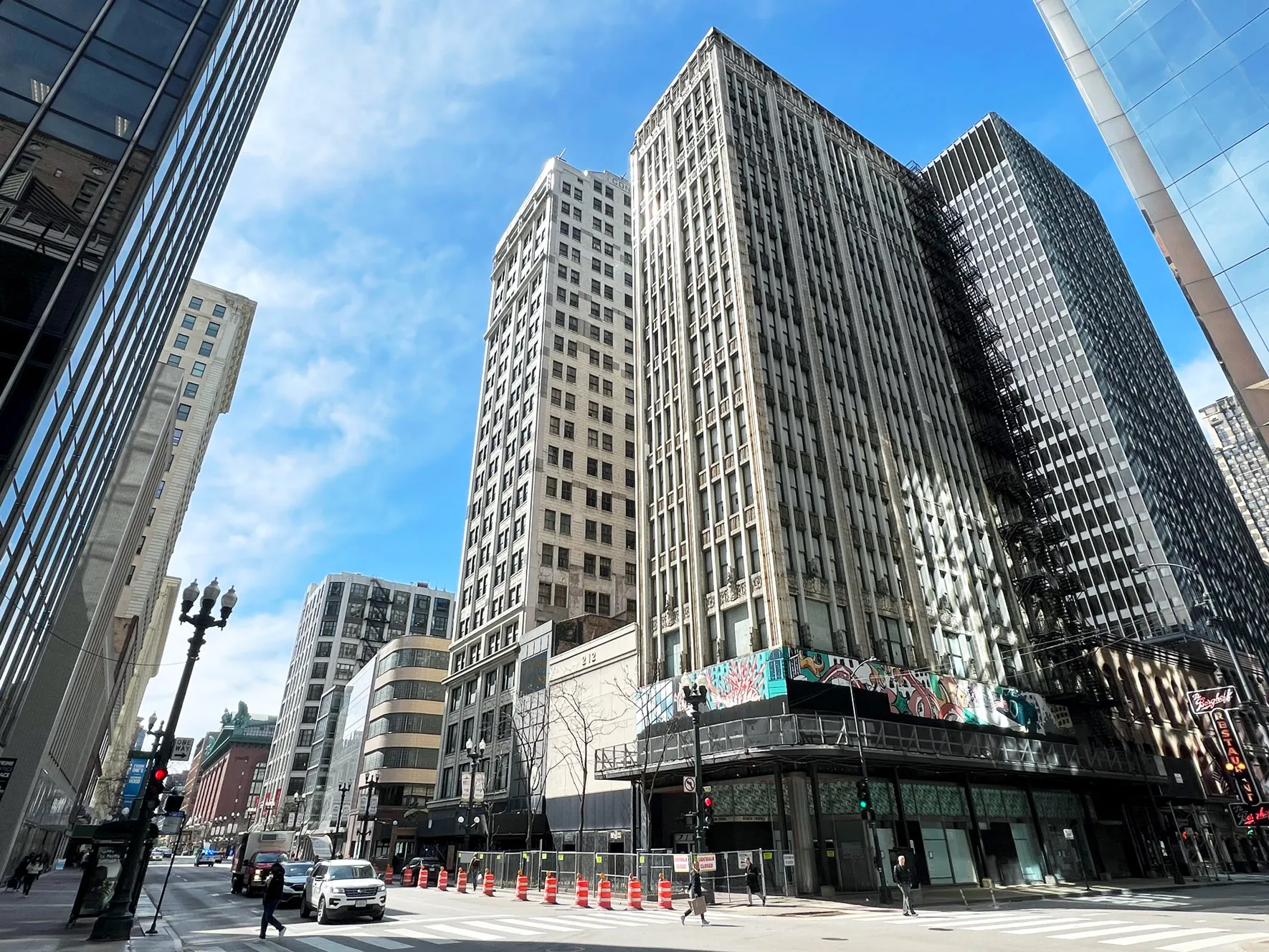
Photo courtesy Landmarks Illinois
West Bank of St. John the Baptist Parish
Edgard, Louisiana
Stretching 11 miles along the Mississippi River, Louisiana’s St. John the Baptist Parish corridor is home to agricultural fields, historic villages founded by Black Civil War soldiers, and plantations on which many enslaved individuals’ descendants still live today. Despite the National Park Service’s consideration of the West Bank for National Historic Landmark status, the U.S. Army Corps of Engineers has put the area forward as a prospective site for what would be the largest grain elevator in the world. According to a coalition of advocates, the proposed 275-foot-tall Greenfield Terminal would negatively impact the surrounding environment, put sensitive archaeological remains at risk, and facilitate further heavy industry in the area. With its listing, the National Trust hopes to amass public support and increase pressure on the Army Corps to deny the permit.
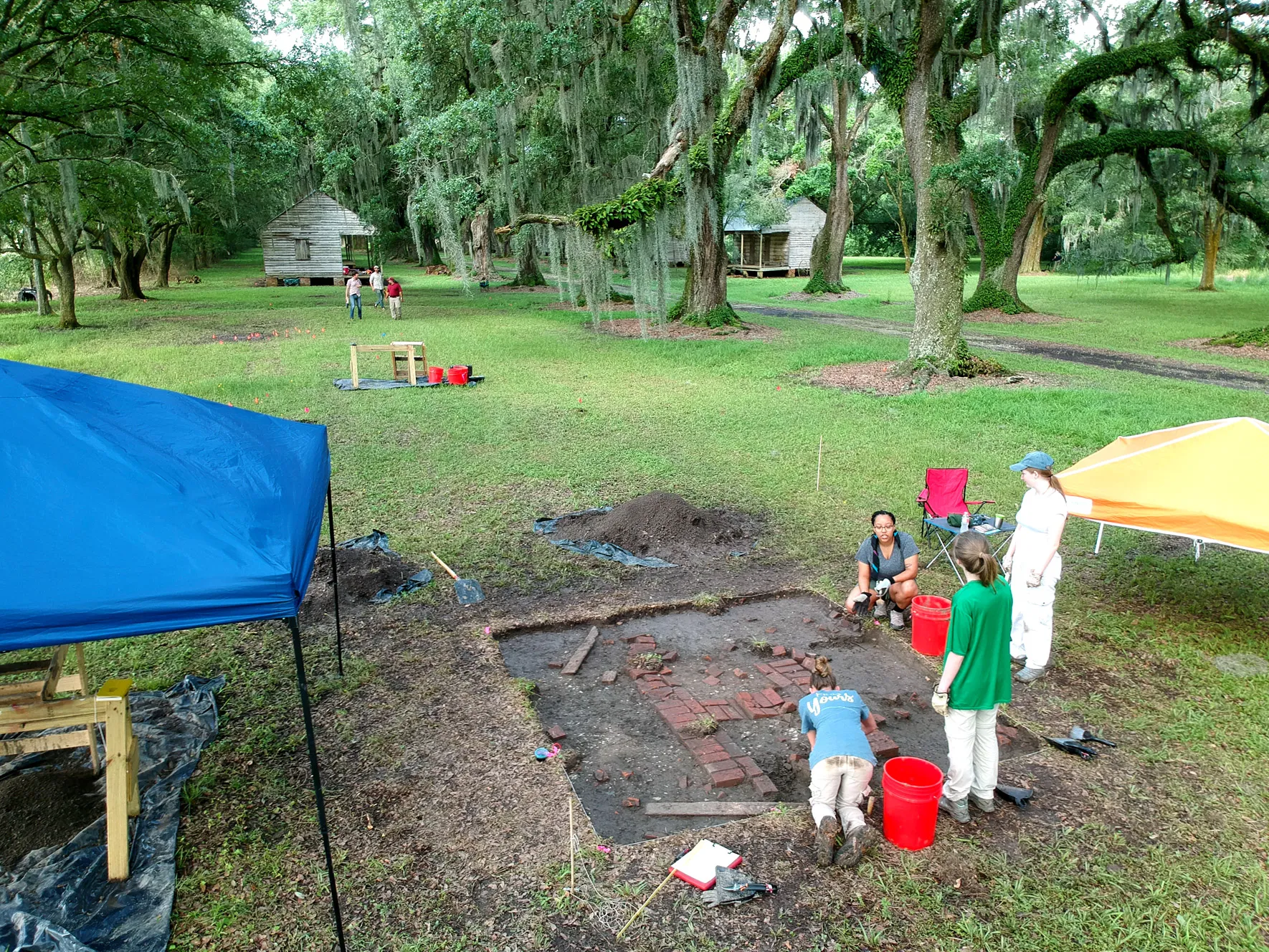
7
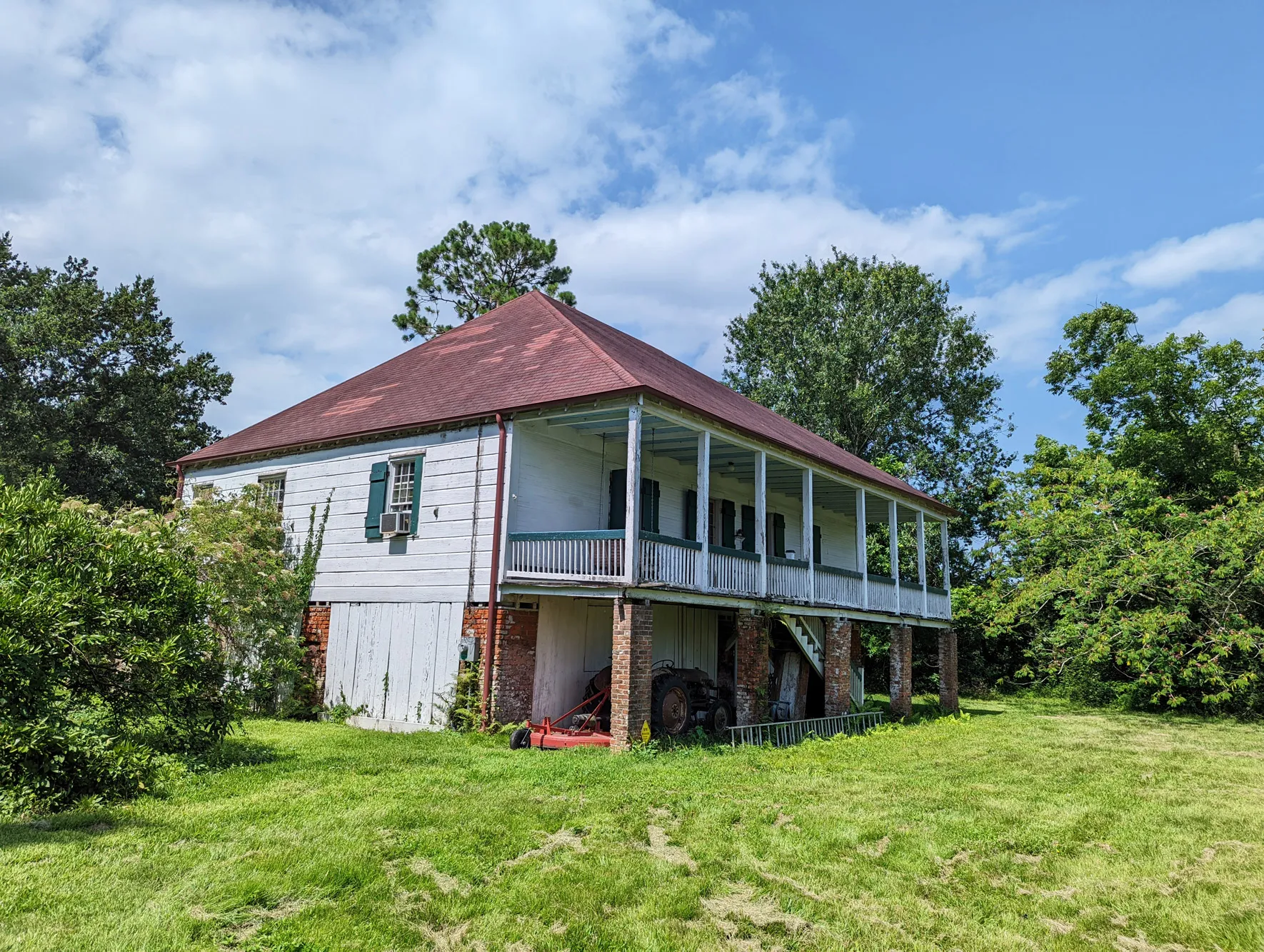
8

9
Photos courtesy Brian M. Davis/Louisiana Trust for Historic Preservation
Holy Aid and Comfort Spiritual Church (Perseverance Benevolent and Mutual Aid Society Hall)
New Orleans
A mess of blue siding and broken wooden beams makes up what was once the headquarters of the Perseverance Benevolent and Mutual Aid Society and, later, a 1949-established church in New Orleans’s 7th Ward. Completed in 1880, the deteriorating 143-year-old structure, which also moonlit as a renowned jazz venue, sustained major damage during Hurricane Ida in 2021 and fully collapsed in 2022. In collaboration with the Preservation Resource Center, the church’s congregation successfully applied for a $100,000 grant from the National Trust’s Preserving Black Churches project. According to the church’s reverend Harold Lewis, however, the funding will not suffice to salvage and reconstruct the building, catalyzing a coordinated push for additional resources.
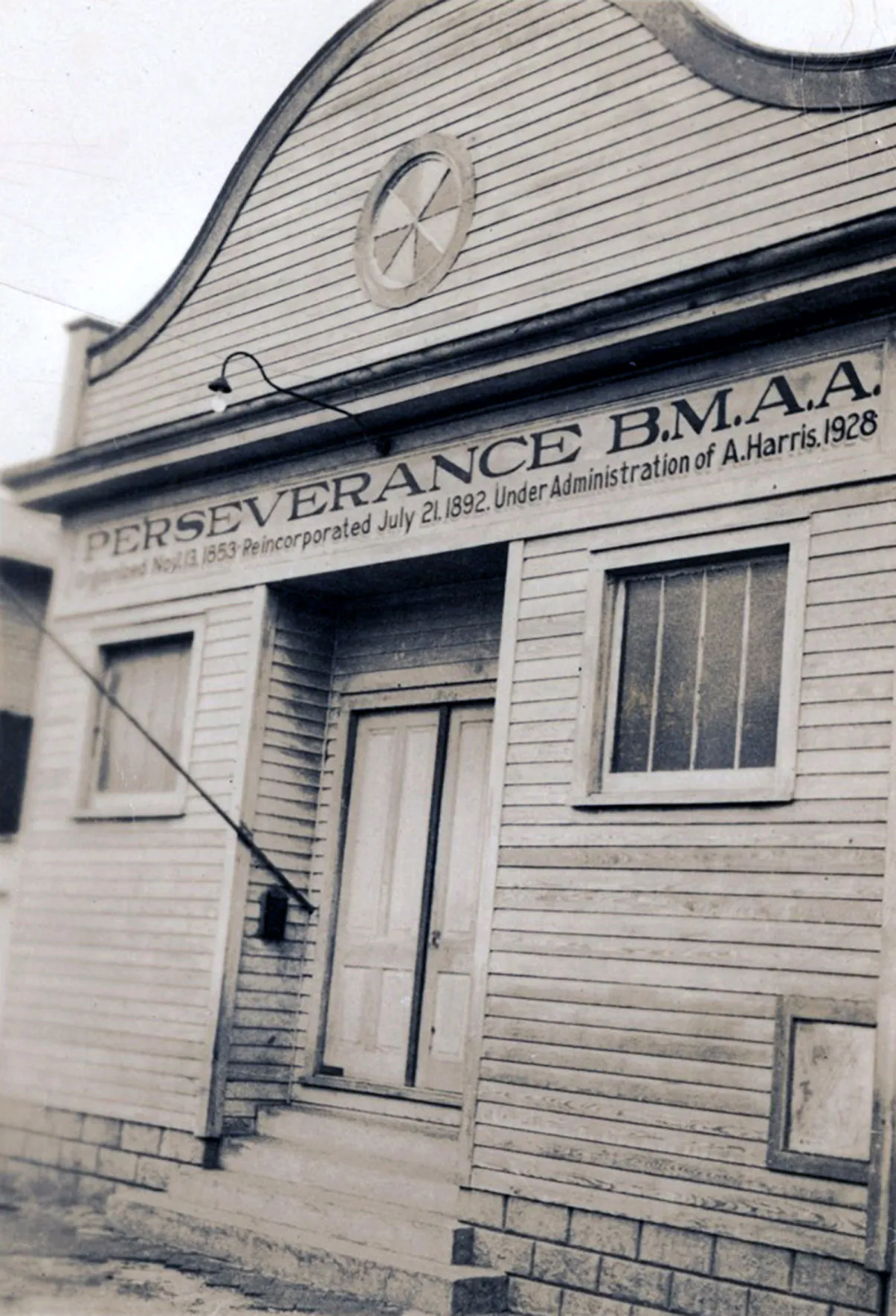
10
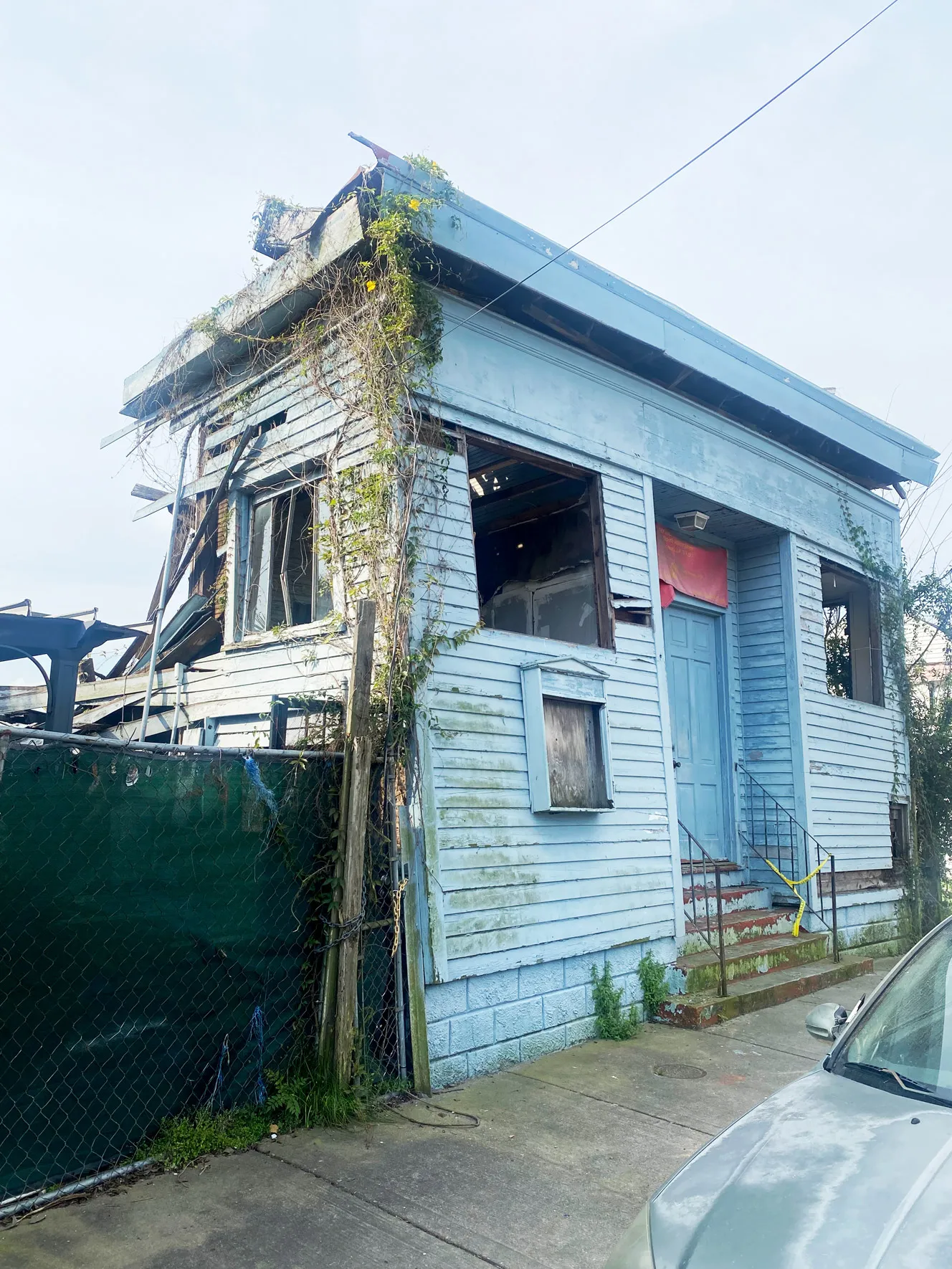
11

12
Photos courtesy National Trust for Historic Preservation
L.V. Hull Home and Studio
Kosciusko, Mississippi
In her hometown of Kosciusko, Mississippi, artist L.V. Hull (1942-2008) invented a world of her own making that drew admirers from around the globe. An evolving installation of public art composed of found, purchased, and gifted objects, Hull’s home encompasses her house, studio, and yard, all of which has sat vacant since her death. Though recently conserved by the Kohler Foundation in an effort to uncover and showcase Hull’s work, the structure suffers from neglect, vandalism. Yaphet Smith, a filmmaker and friend of the late artist, as well as the city’s arts foundation hopes to convert the lot and the four structures within it into an arts campus called the L.V. Hull Legacy Center, which, if realized, would include exhibition spaces and visitor services. The Trust aims to secure partnership and funding to highlight the “overlooked story of a Black woman in the South who claimed a space to pursue her full artistic vision.”
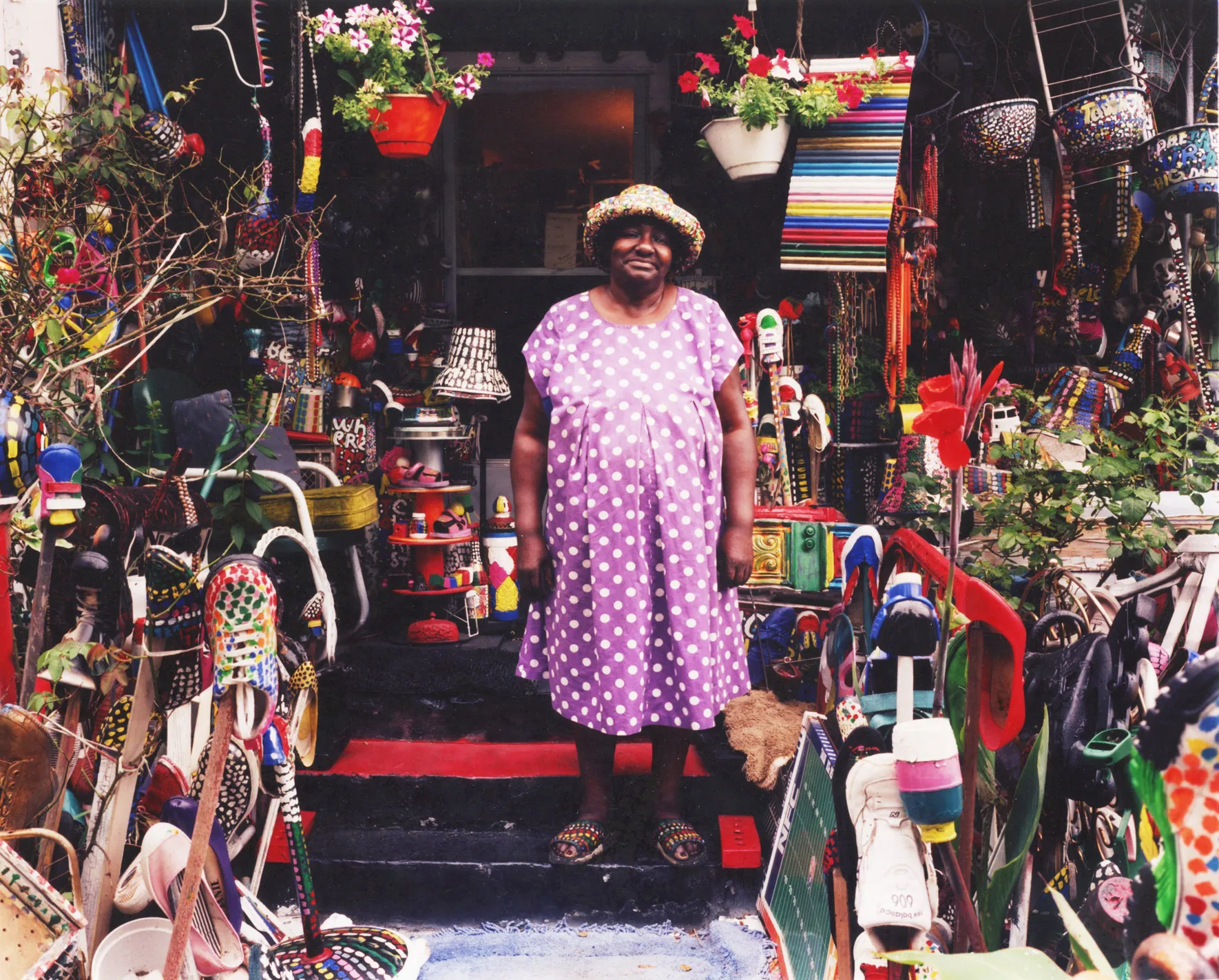
Photo by Bruce West
Henry Ossawa Tanner House
Philadelphia
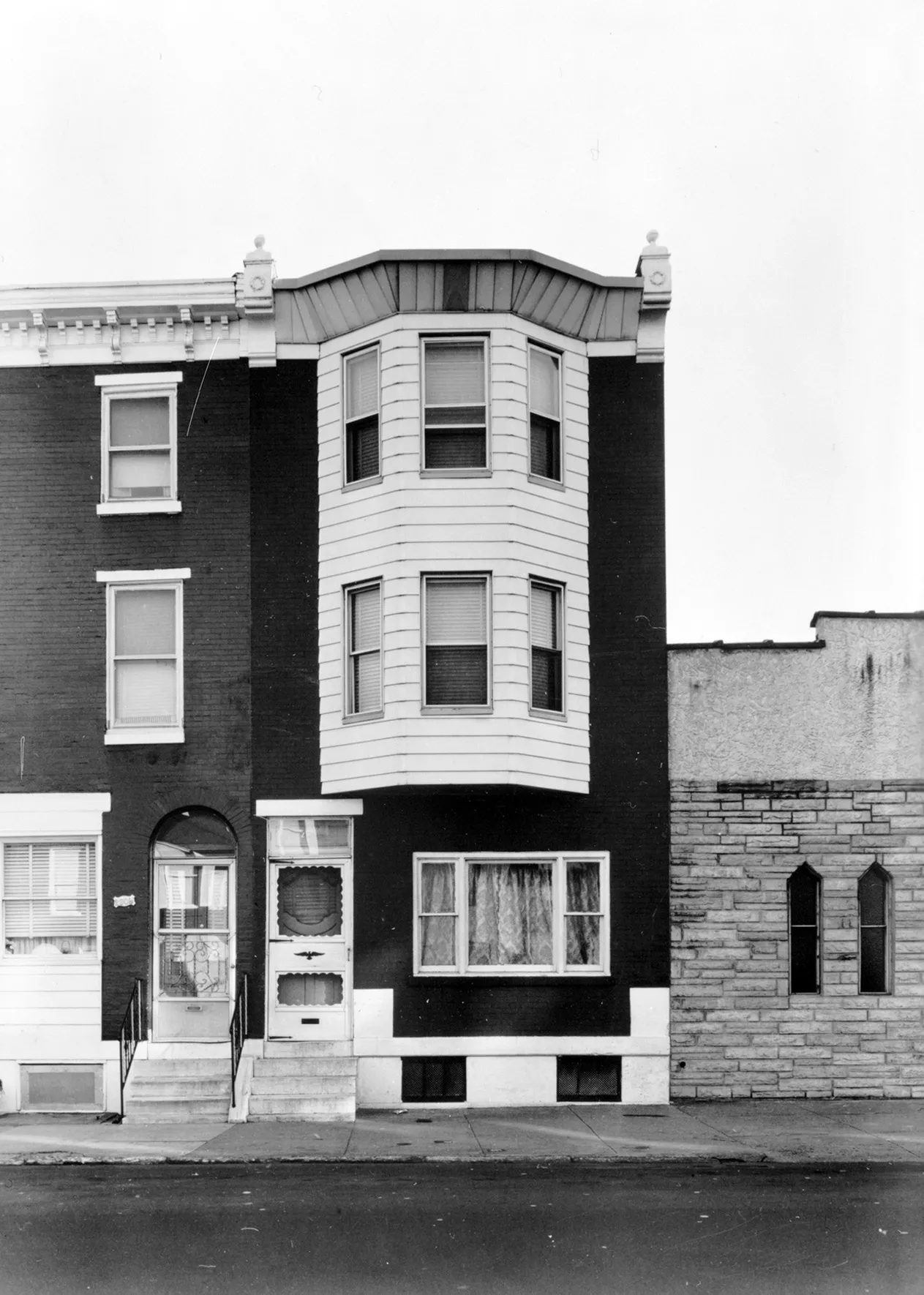
13

13
In North Philadelphia’s Strawberry Mansion neighborhood, the 1871 rowhouse of Henry Ossawa Tanner (1859-1937) and many of his notable family members faces demolition due to encroaching gentrification. The historic home marks the legacy of the internationally recognized Black painter, described by the Smithsonian American Art Museum as “the most distinguished African American artist of the 19th century.” Already subject to severe degradation and at risk of collapse, the dwelling faces the possibility of destruction along with other culturally significant structures in the once segregated and redlined area. In partnership with the Preservation Alliance for Greater Philadelphia, Friends of the Tanner House—a Black-led multi-generational community coalition formed in 2021—is endeavoring to acquire the property and ensure Tanner House’s continued future and reimagination.
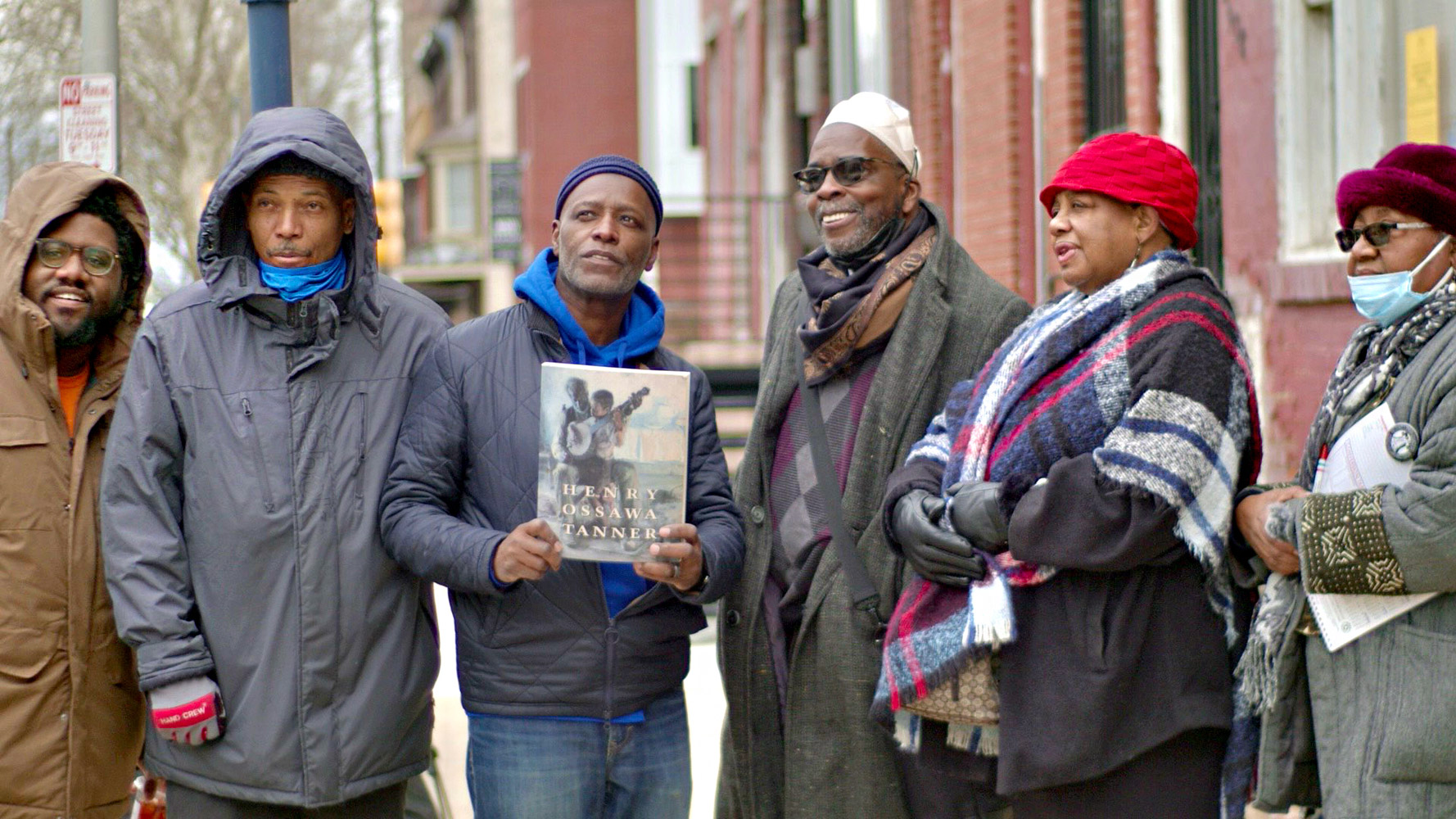
14
Photo courtesy Jack E. Boucher/Library of Congress (13), courtesy Freckles N Tea Productions (14)
Philadelphia Chinatown
Lined with 19th- and 20th-century buildings that accommodate generations of thriving Asian American establishments and organizations, the district remains one of oldest active Chinatowns in the U.S. Yet, a 2022 proposal for a 18,500-seat basketball arena for the Philadelphia 76ers has given rise to apprehension about displacement, traffic, harm to the local economy, and urban disconnection. The city’s longstanding history of inequitable land use has already marred more than a quarter of Chinatown’s cityscape with large-scale development. Local neighborhood groups including the Philadelphia Chinatown Development Corporation have rallied to halt future construction. In concert with the National Trust’s classification, they have begun to organize, championing preservation in talks with local officials, holding community meetings, gathering survey data, and launching an impact study.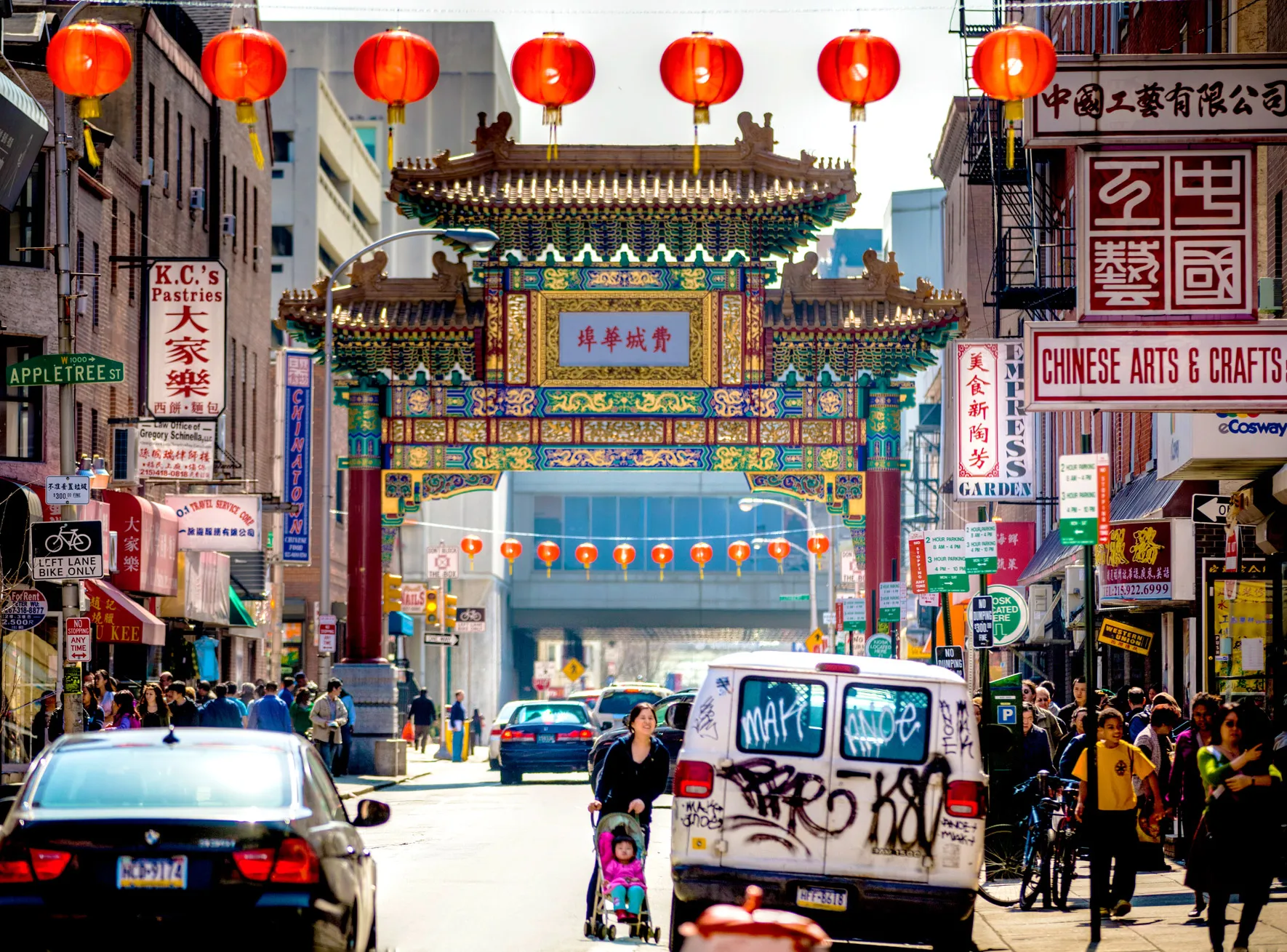
Photo courtesy Terry Robinson/Flickr
Charleston’s Historic Neighborhoods
South Carolina
Union Pier, a 65-acre swath of former marshland along downtown Charleston’s Cooper River, has served as a port for maritime shipping and industrial operations since the 18th century. A center of trade for rice, indigo, and cotton, the harbor also functioned as a point of arrival for the transatlantic slave trade. The docks also became a home base for a group of Black-led fishing boats called the Charleston Mosquito Fleet prior to and following the Civil War. In spite of this long history, the South Carolina Ports Authority, the pier’s current owner, seeks to sell the land to a private developer to realize a mixed-use district. Critics of the plan have opposed the sale, citing adverse consequences for the historic makeup of the district, obstructed views, and disruption of climate resilience. Community organizers including the Preservation Society of Charleston, the Historic Charleston Foundation, and the South Carolina Coastal Conservation League have suggested a community-led re-envisioning that considers the waterfront’s architectural character, population, and storied past.
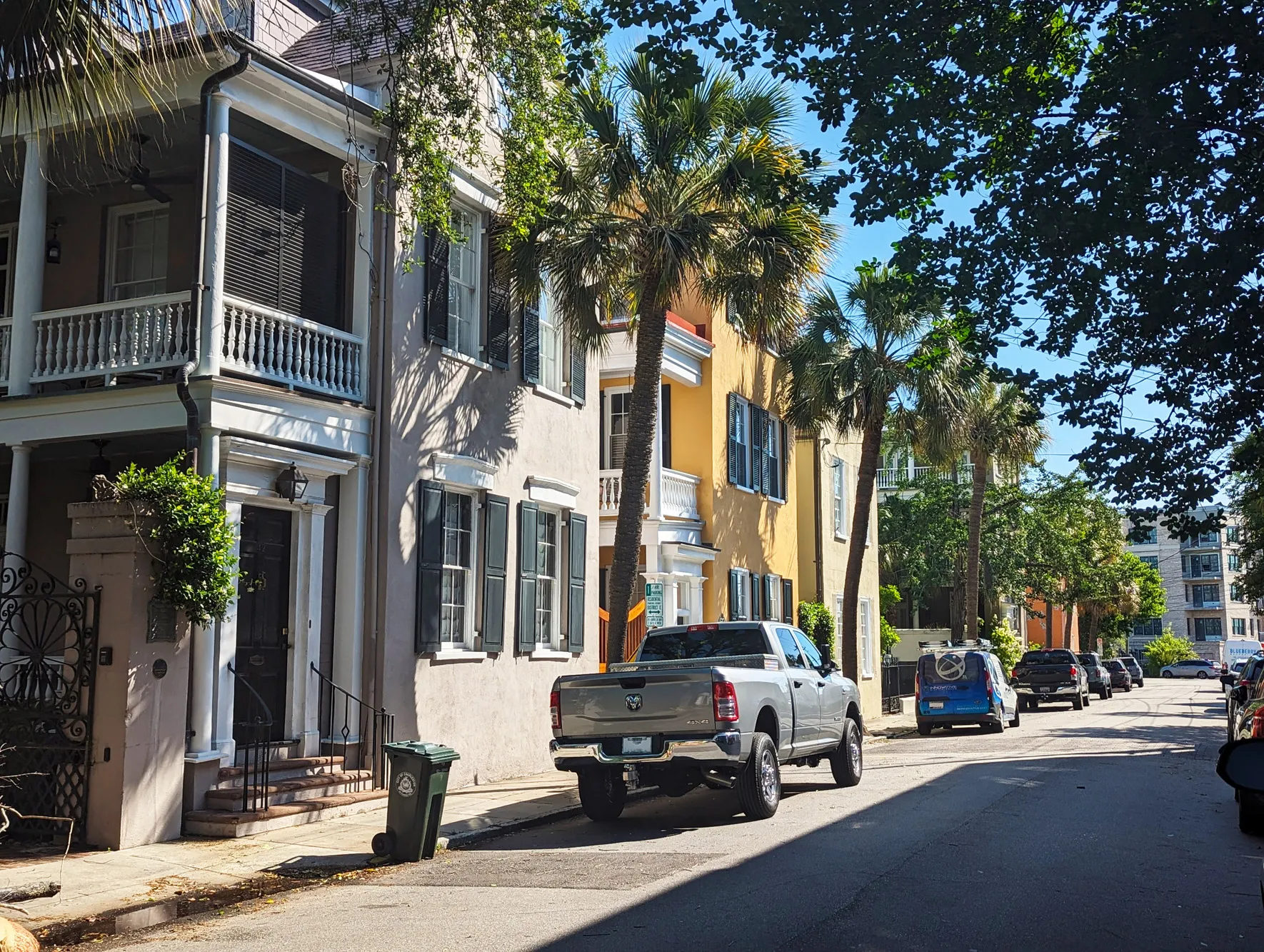
15
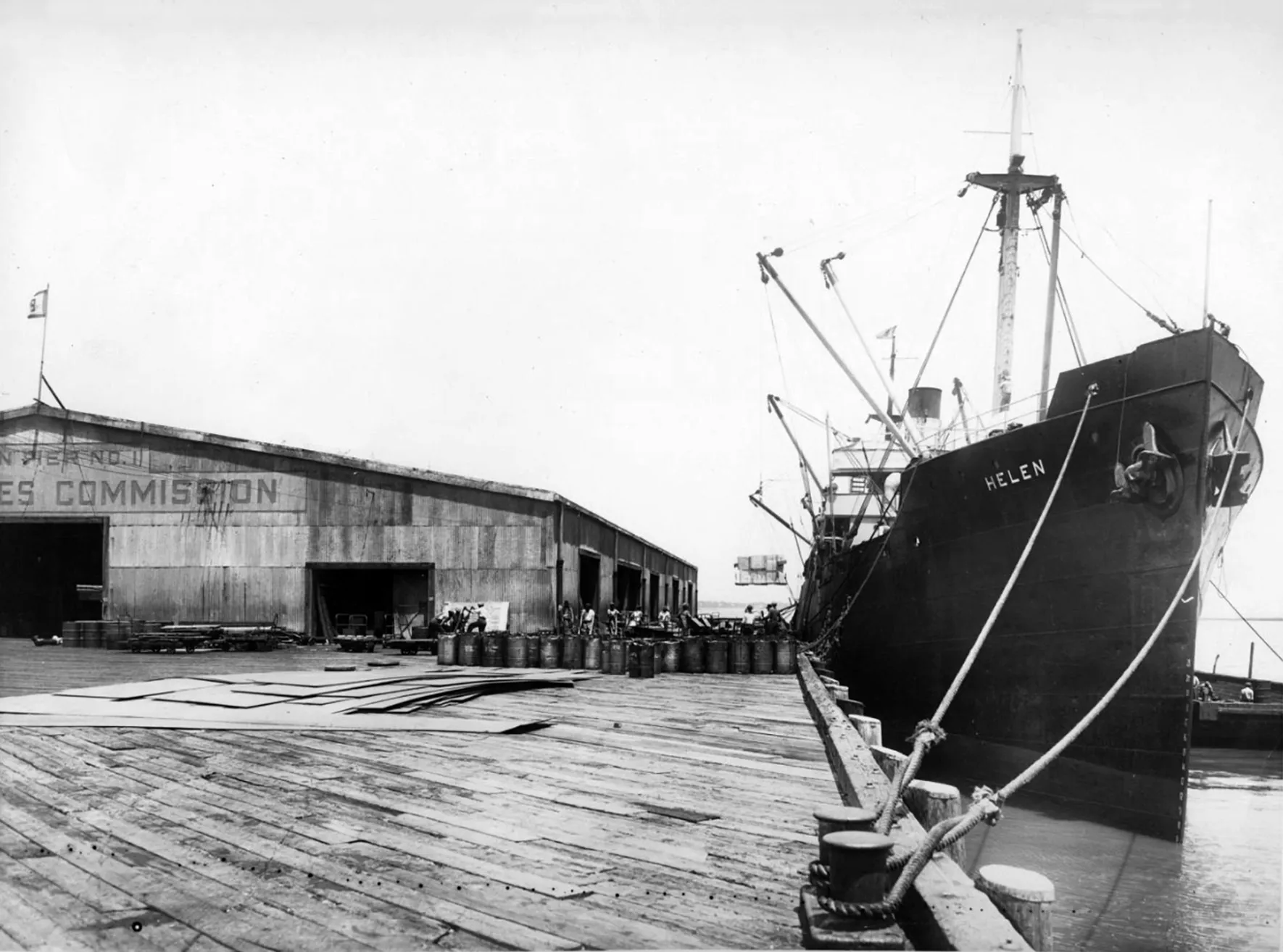
16
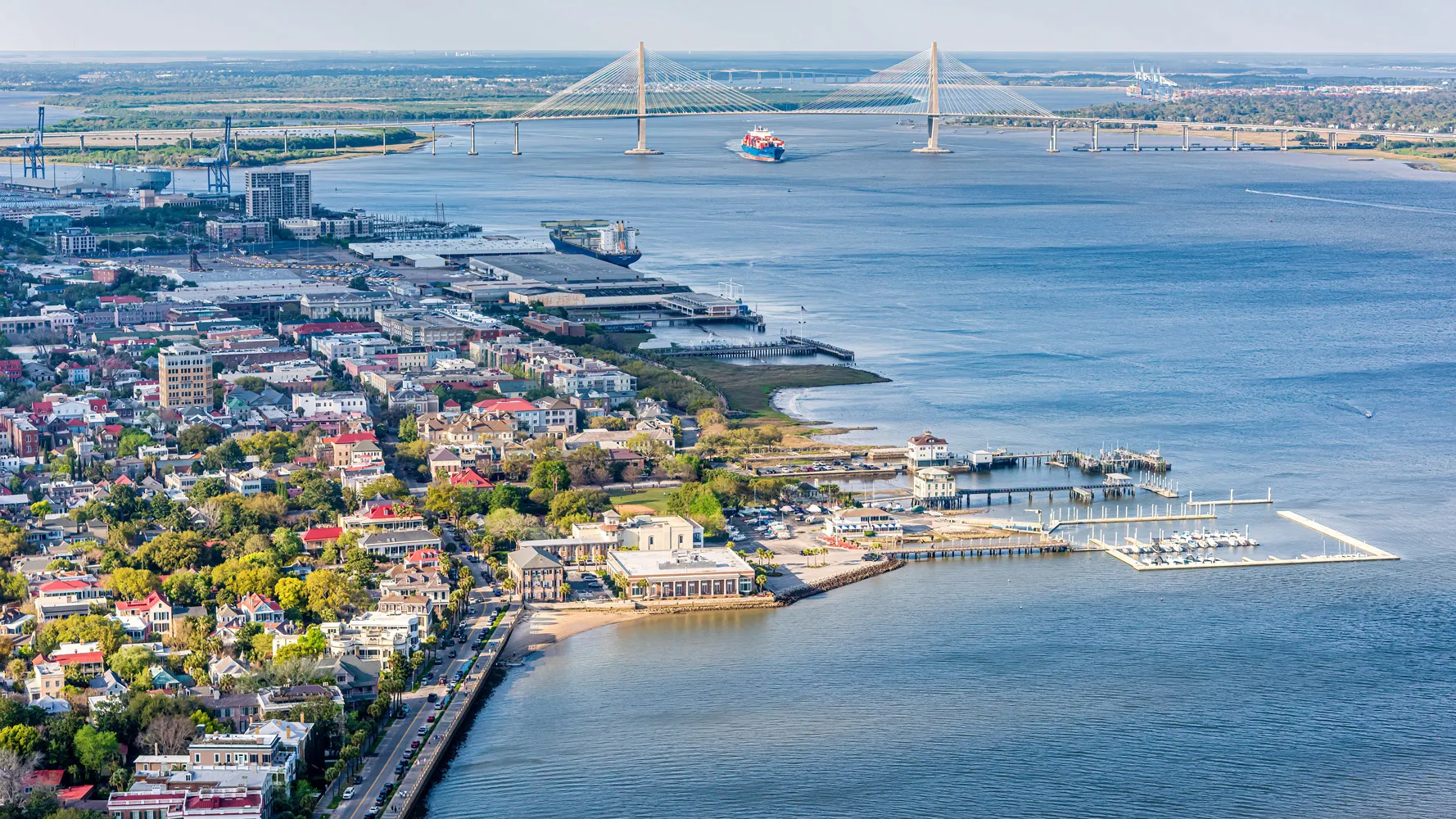
17
Photo by courtesy Preservation Society of Charleston (15), courtesy Howard R. Jacobs/USC Digital Collection (16), Vanessa Kauffmann (17)
Seattle Chinatown-International District
One of the West Coast’s oldest Asian American neighborhoods, the century-old Seattle Chinatown-International District (CID) contains a confluence of cultures anchored by a host of organizations, institutions, and residences. The Wing Luke Museum of the Asian Pacific American Experience calls it the only part of “the continental U.S. where Chinese, Japanese, Filipinos, Vietnamese, and African Americans settled together and built one neighborhood.” Despite CID’s listing on both state and national registers in 1986, the building of highways, parking lots, and sports stadiums in the 1960s and ‘70s led to the razing of homes, churches, and shops in the recognized historic district. In a present-day continuation of this trend, regional transit agency Sound Transit is considering a host of major projects in the area, the construction of which could jeopardize conservation efforts and further displace residents. Transit Equity for All, the Washington Trust for Historic Preservation, the Wing Luke Museum, and local activists have teamed up to take a stand for a transparent and equitable decision-making process moving forward to prevent potentially disruptive development.
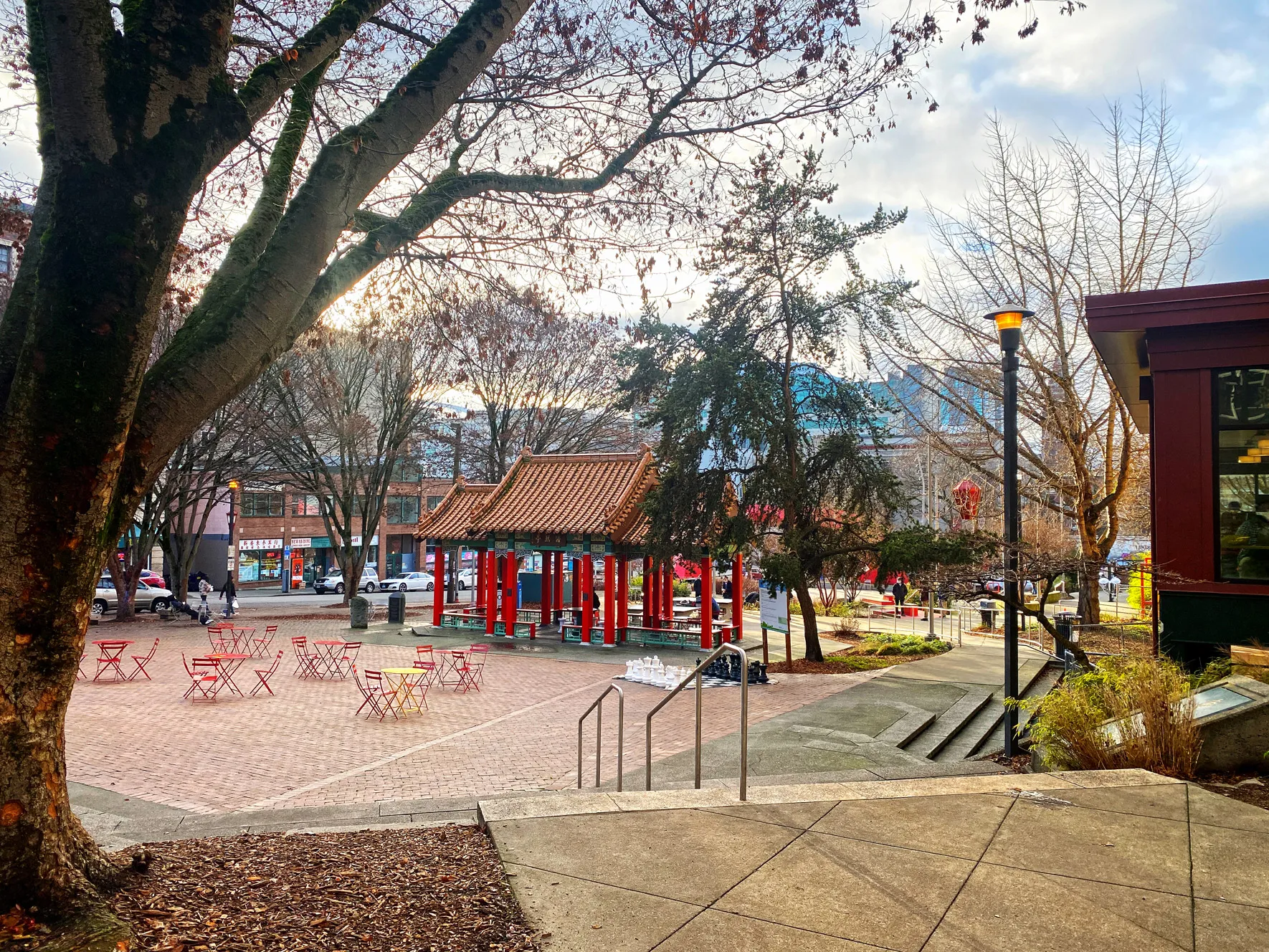
18
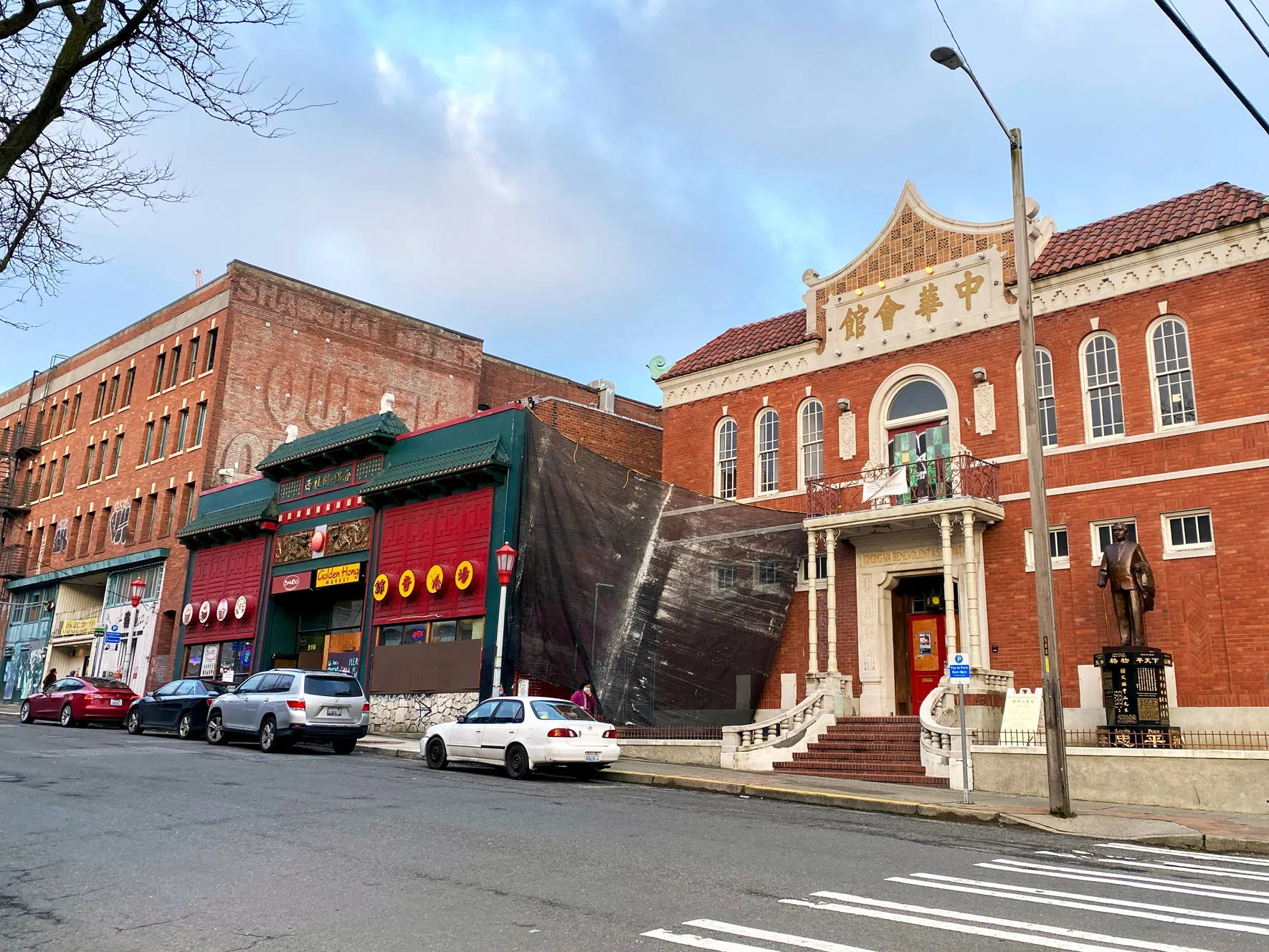
19
Photos courtesy Washington Trust for Historic Preservation

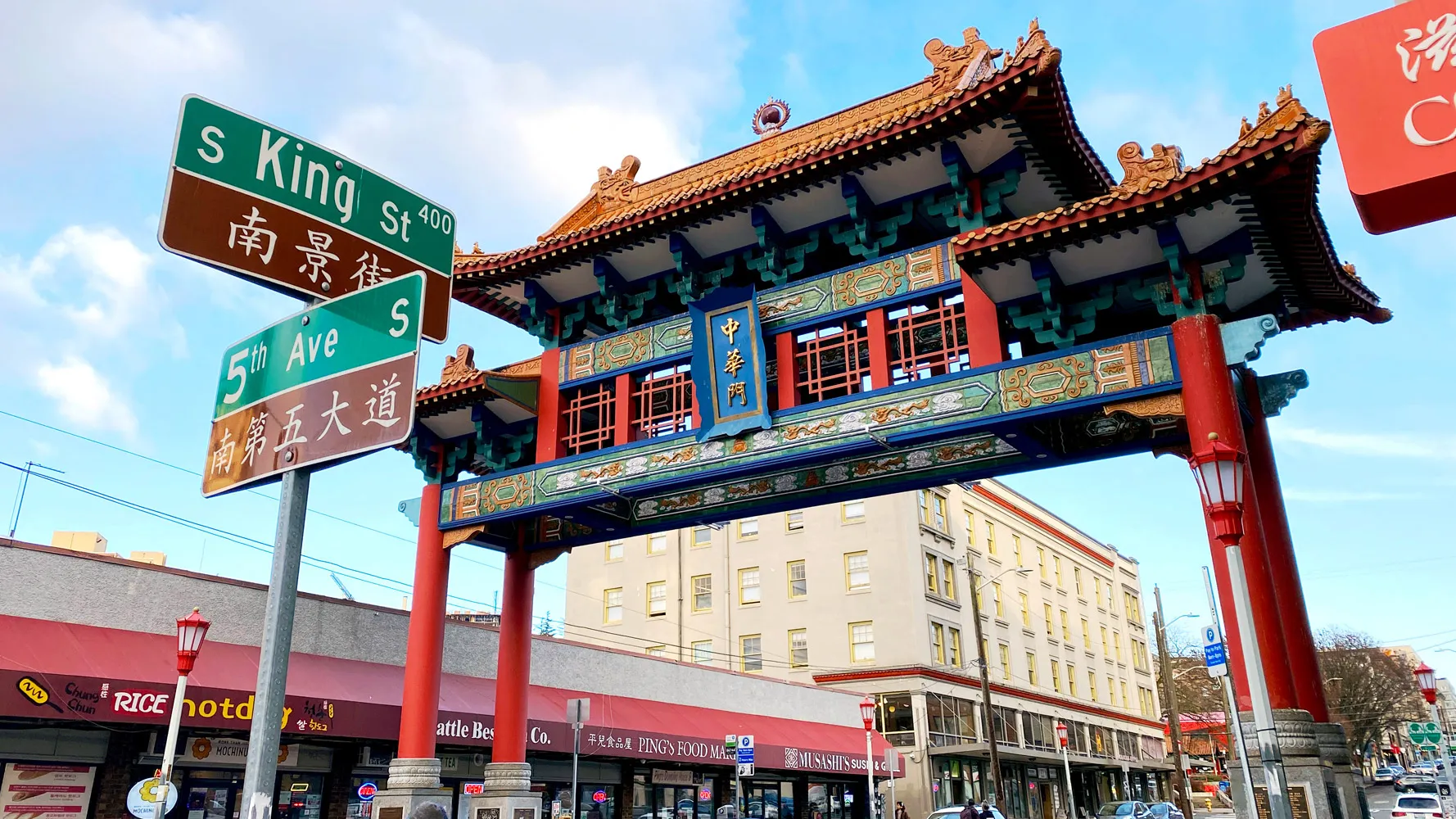
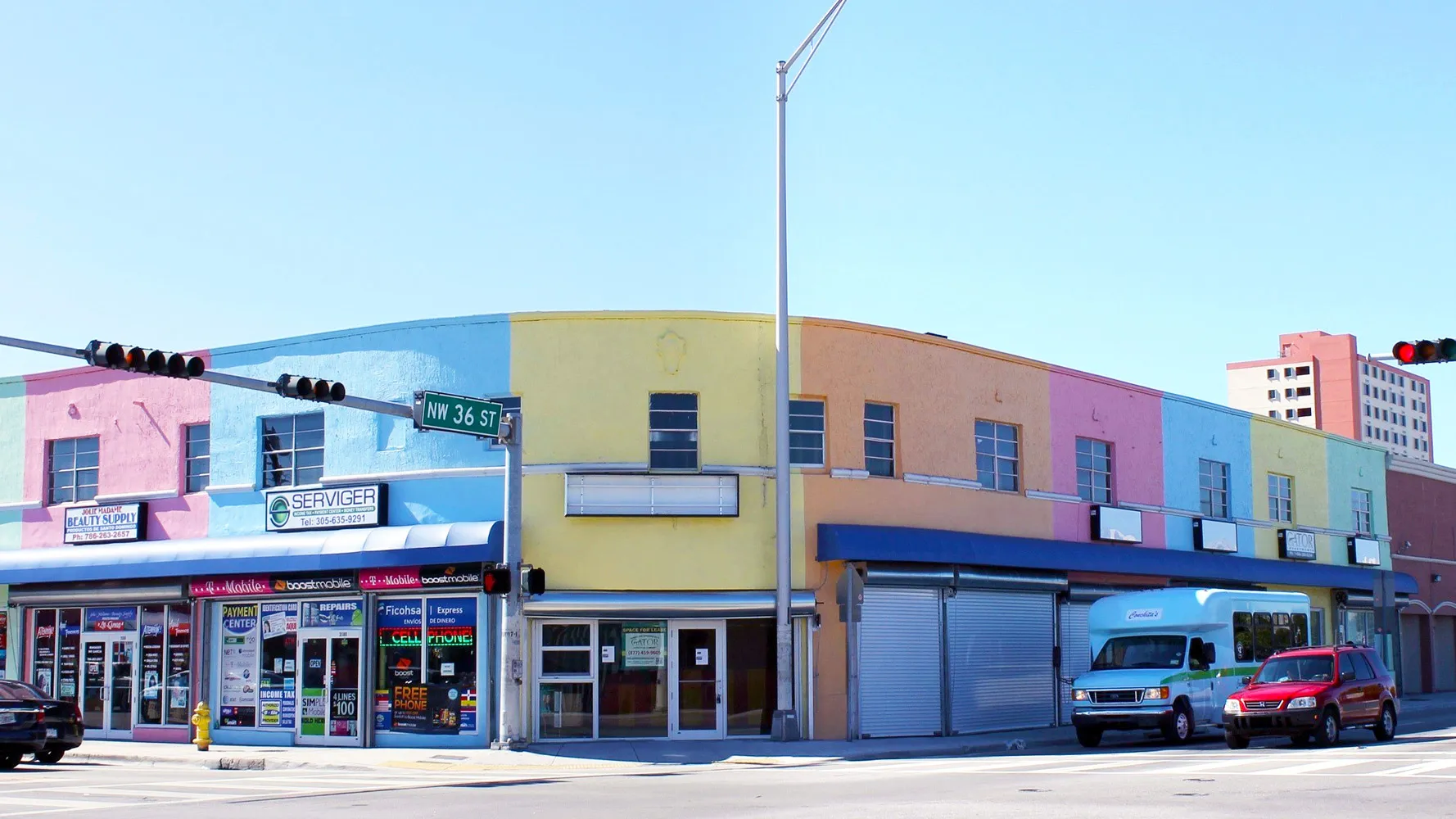
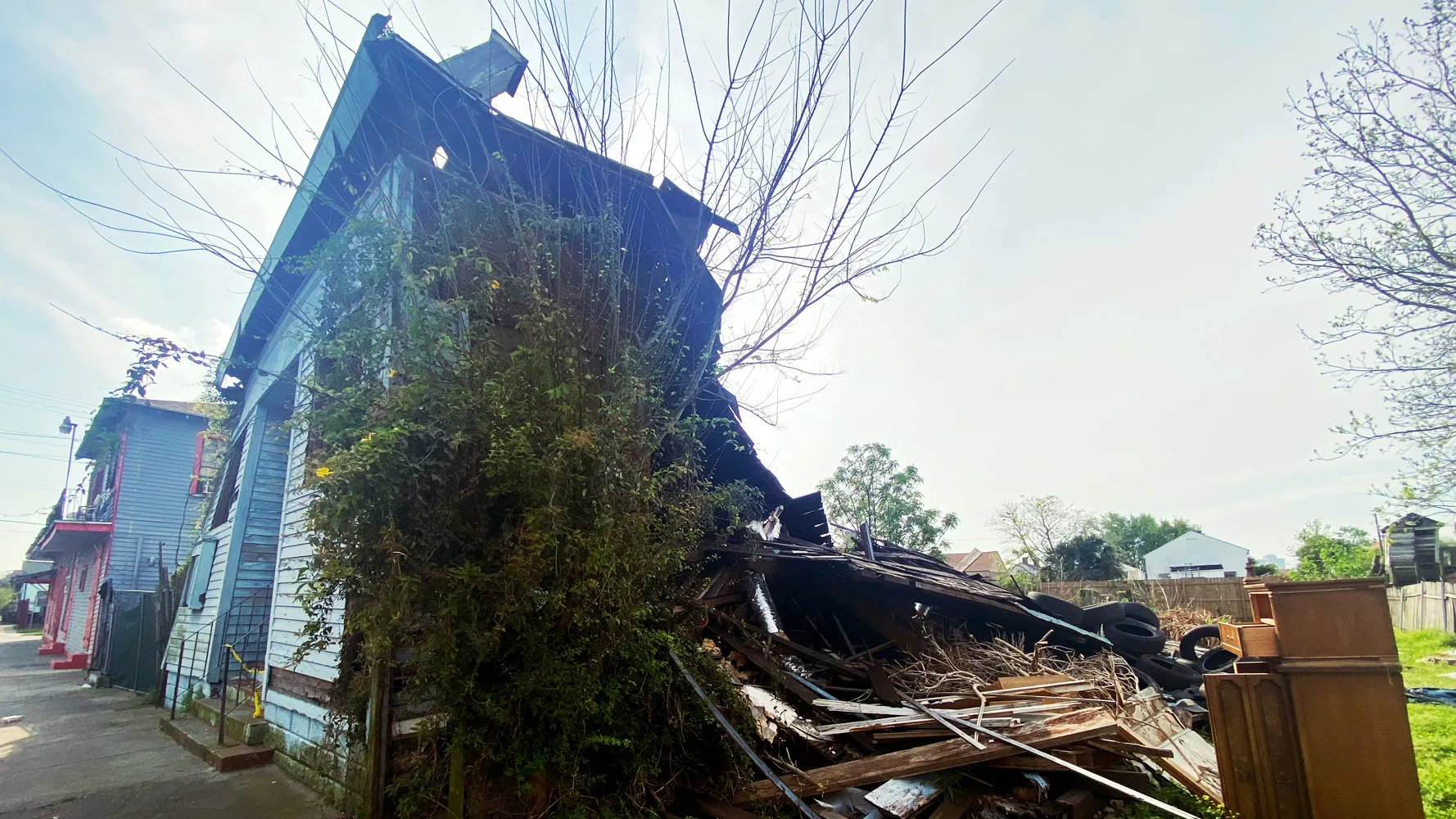
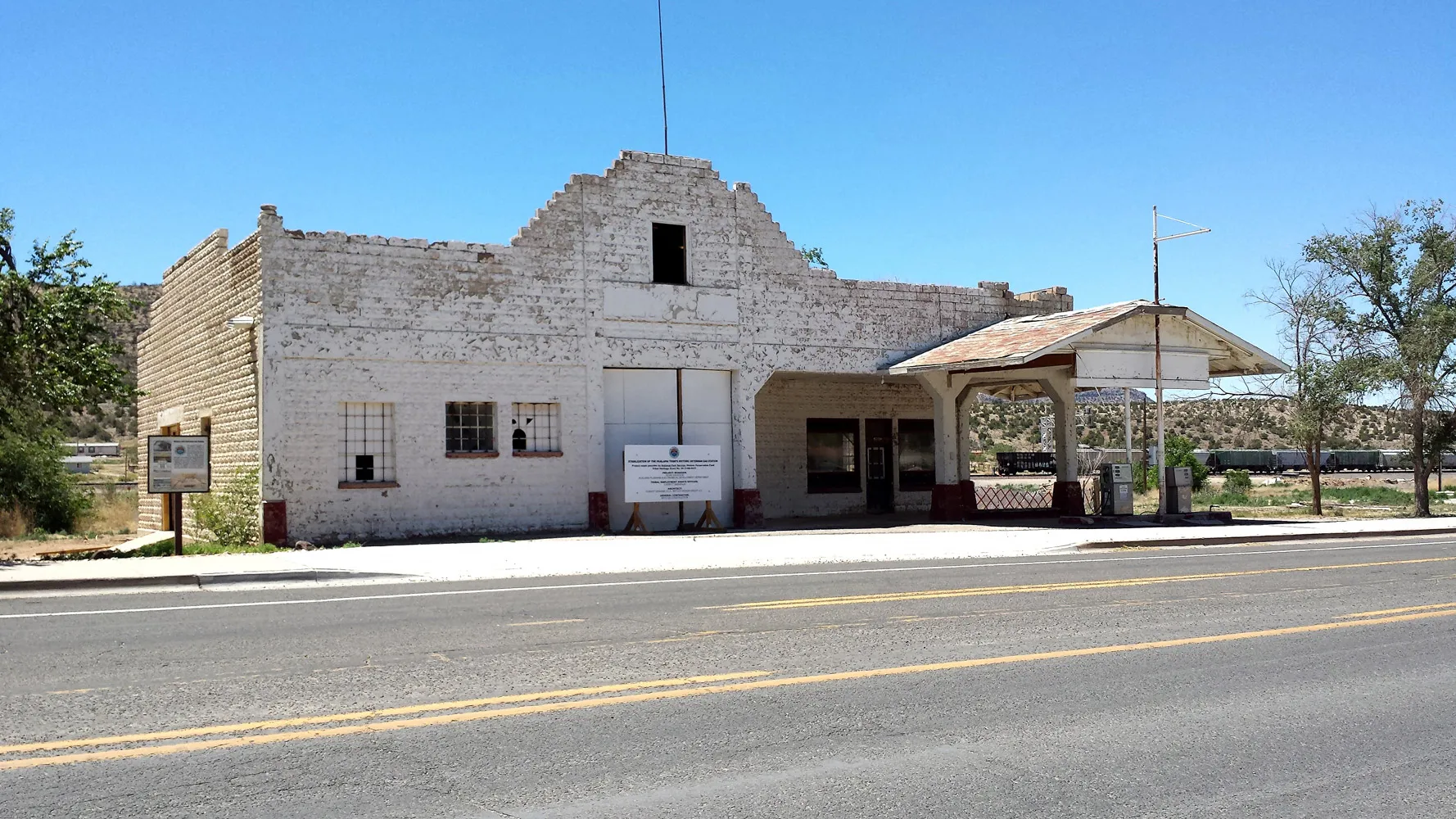

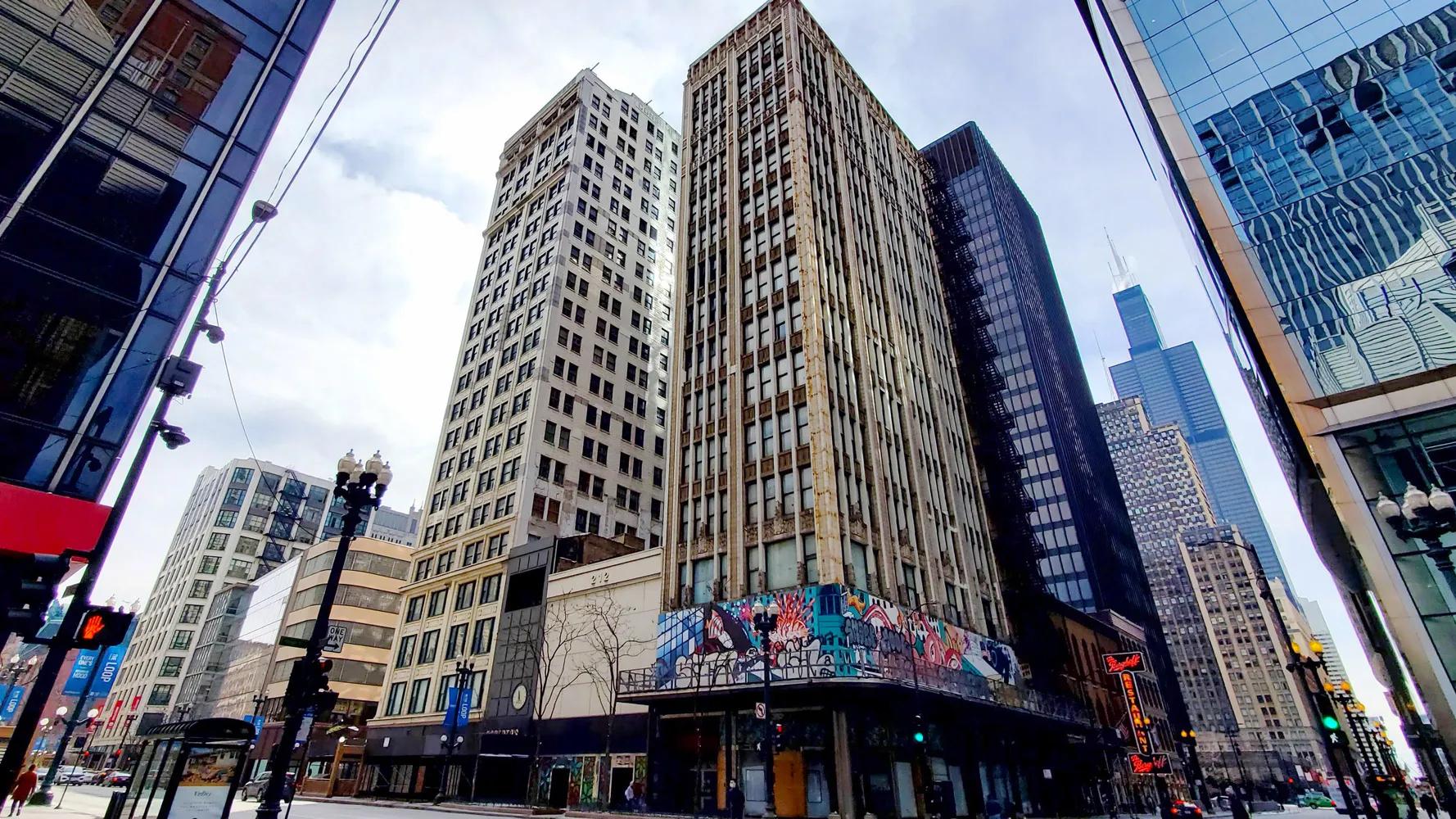
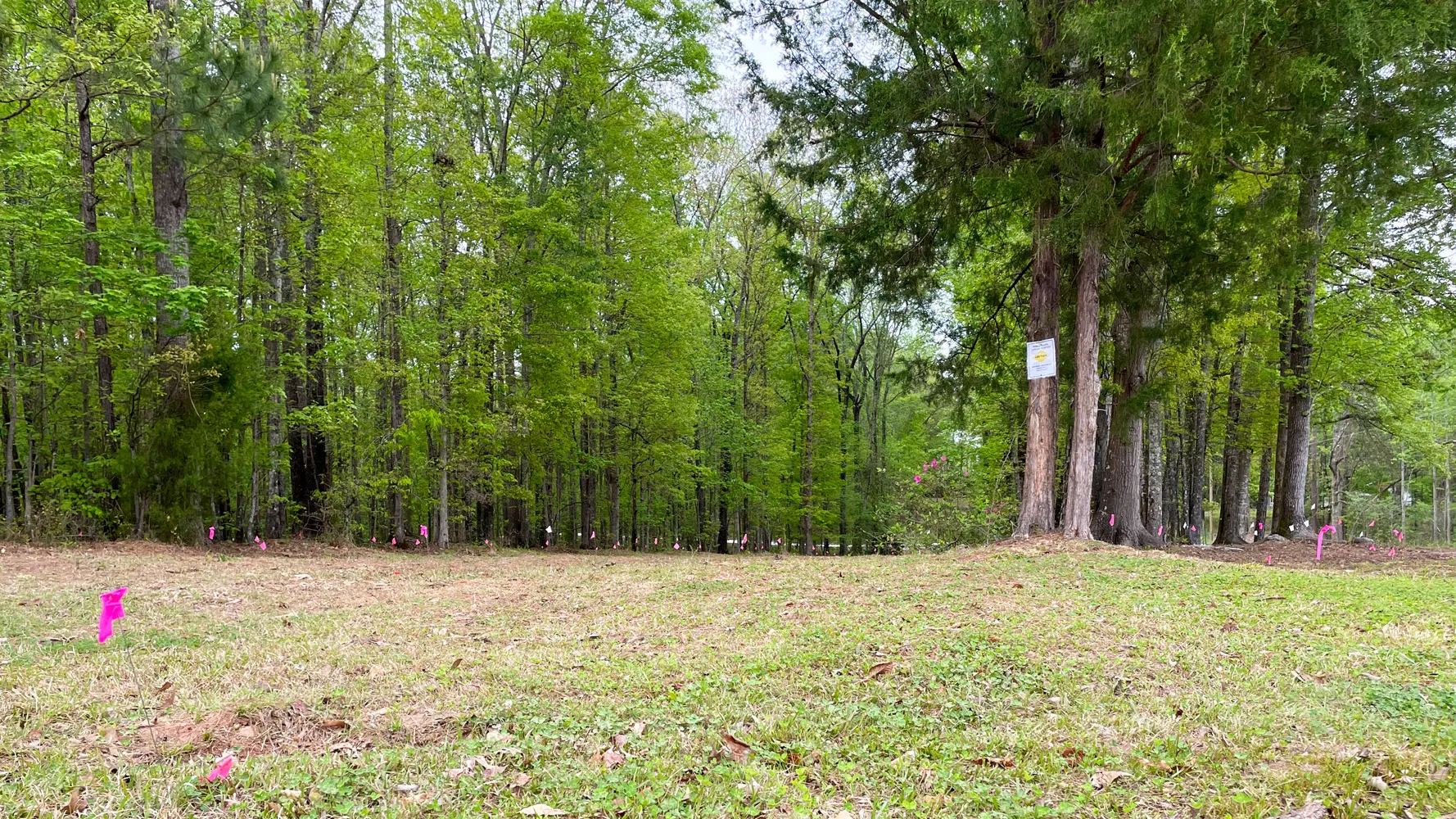
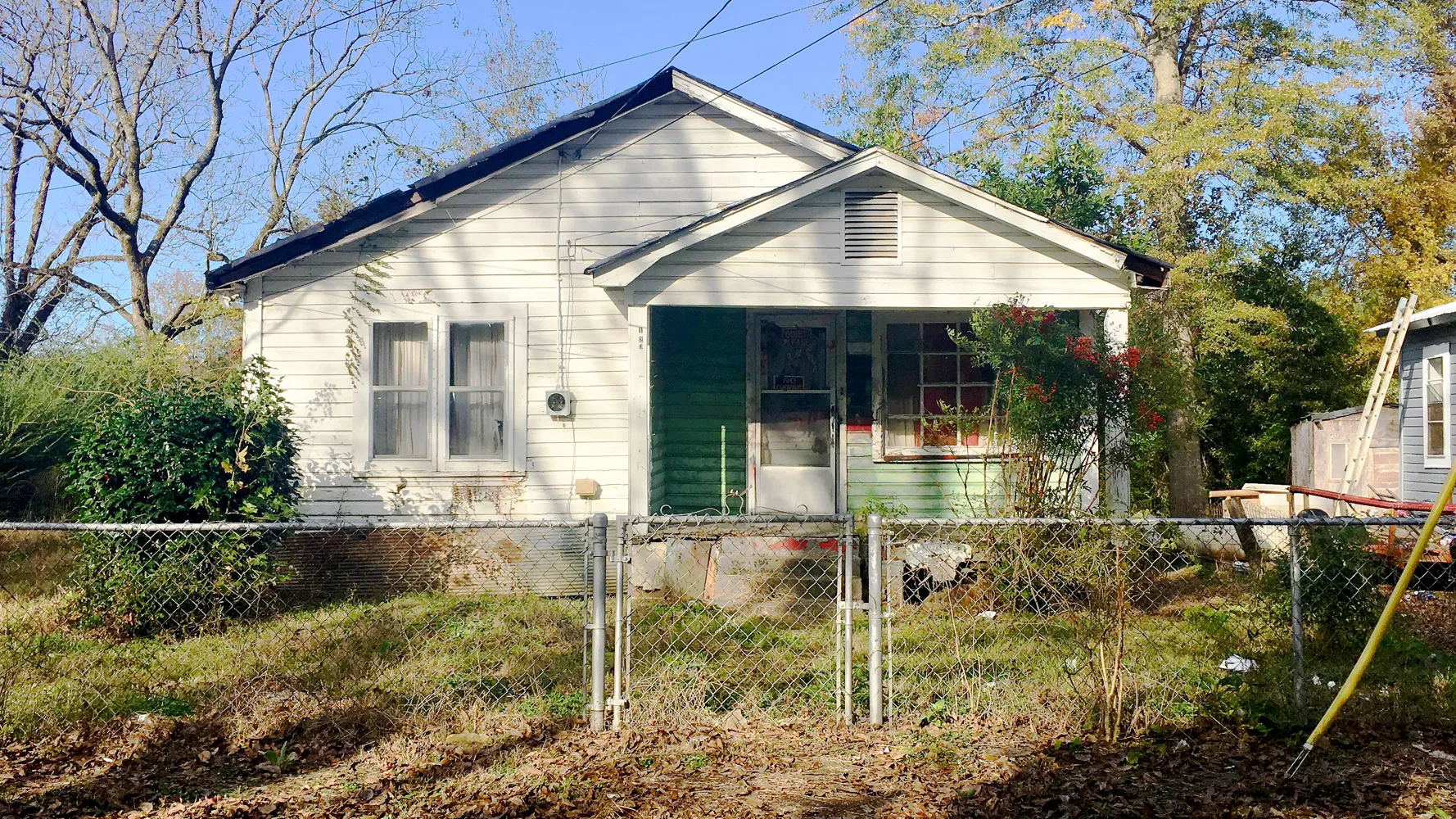
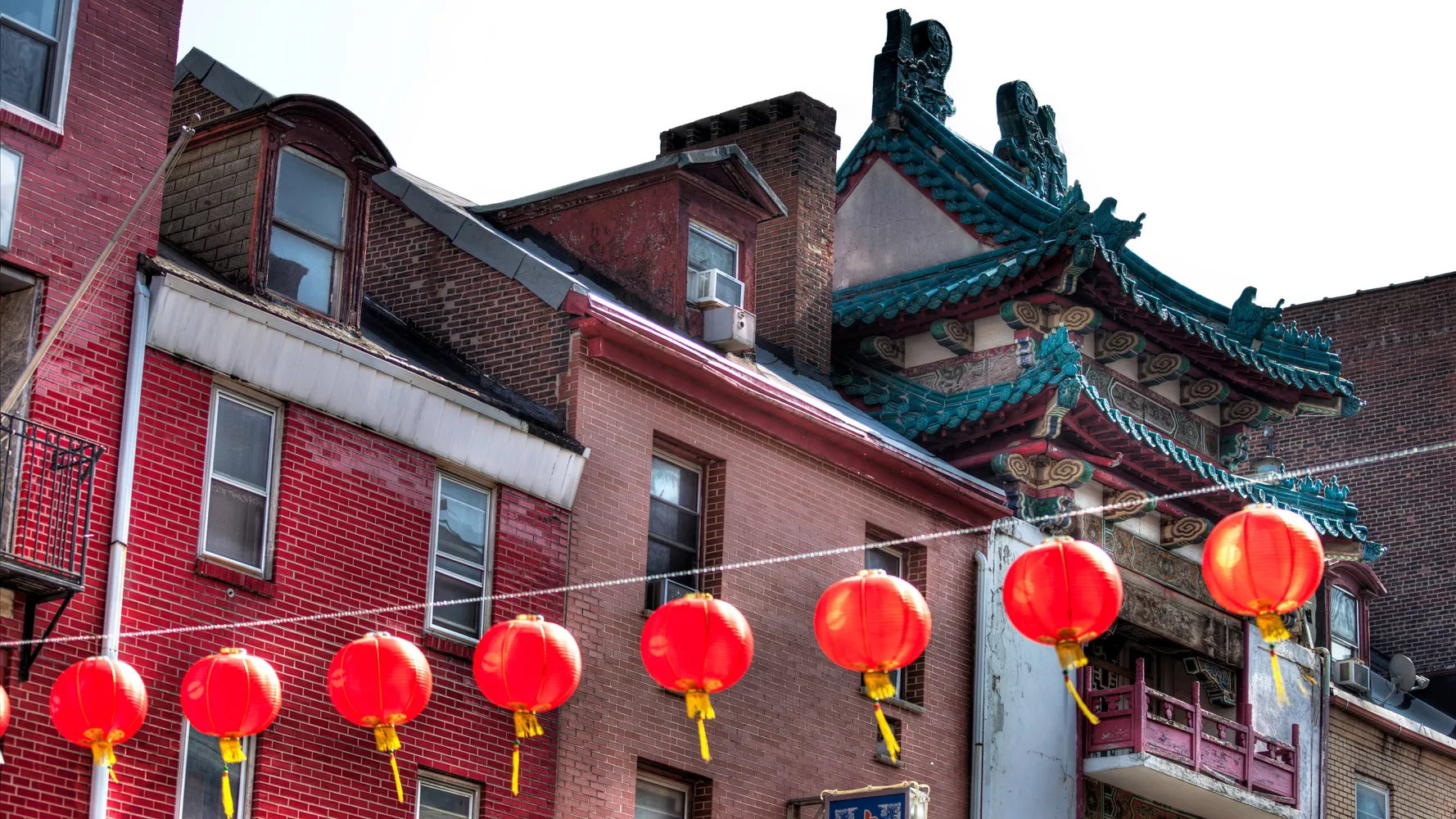
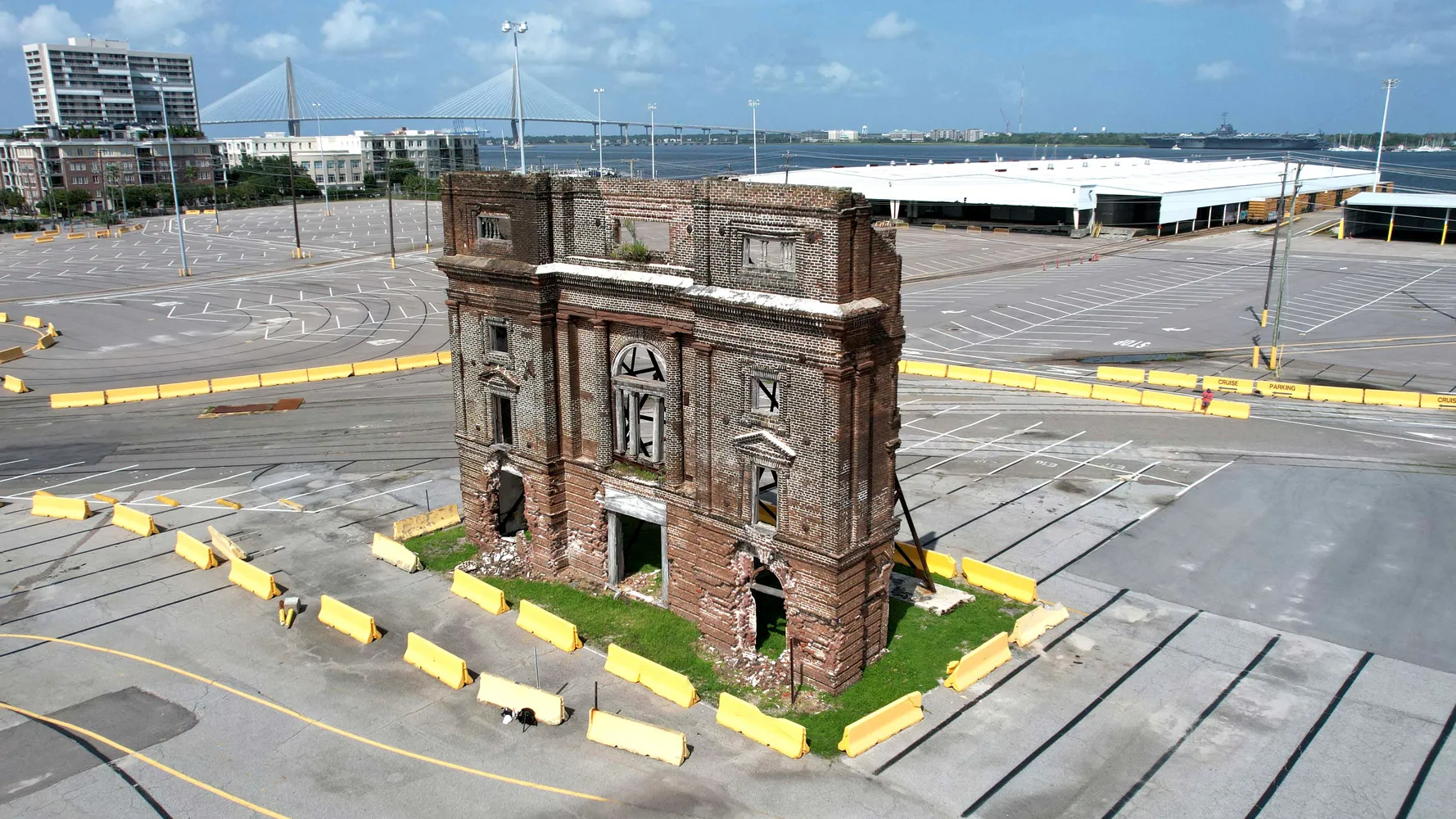


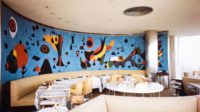

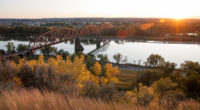

Post a comment to this article
Report Abusive Comment